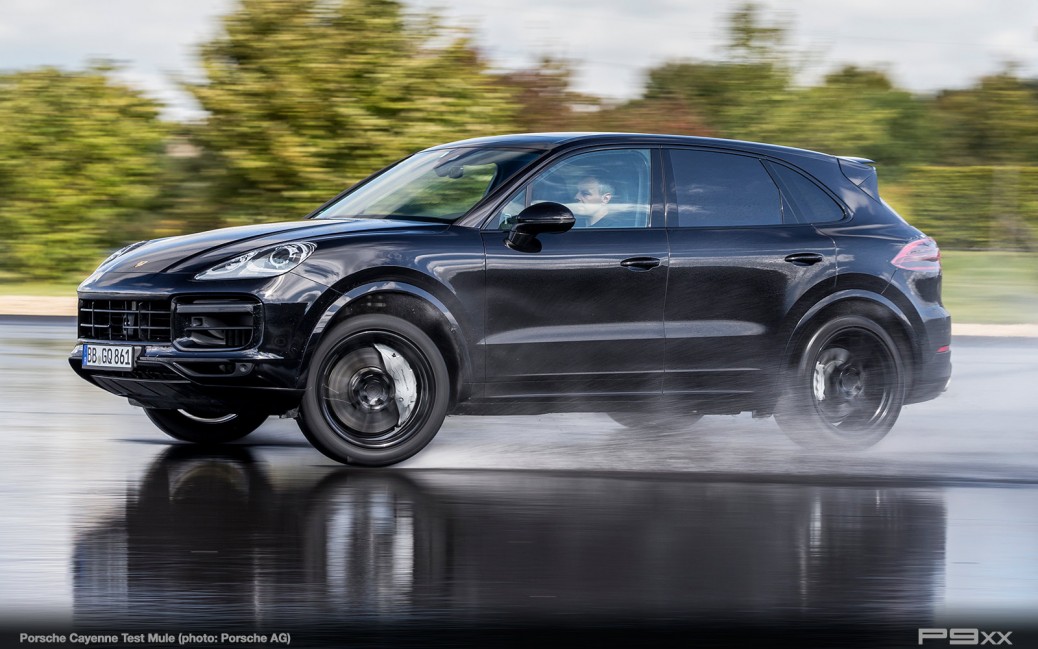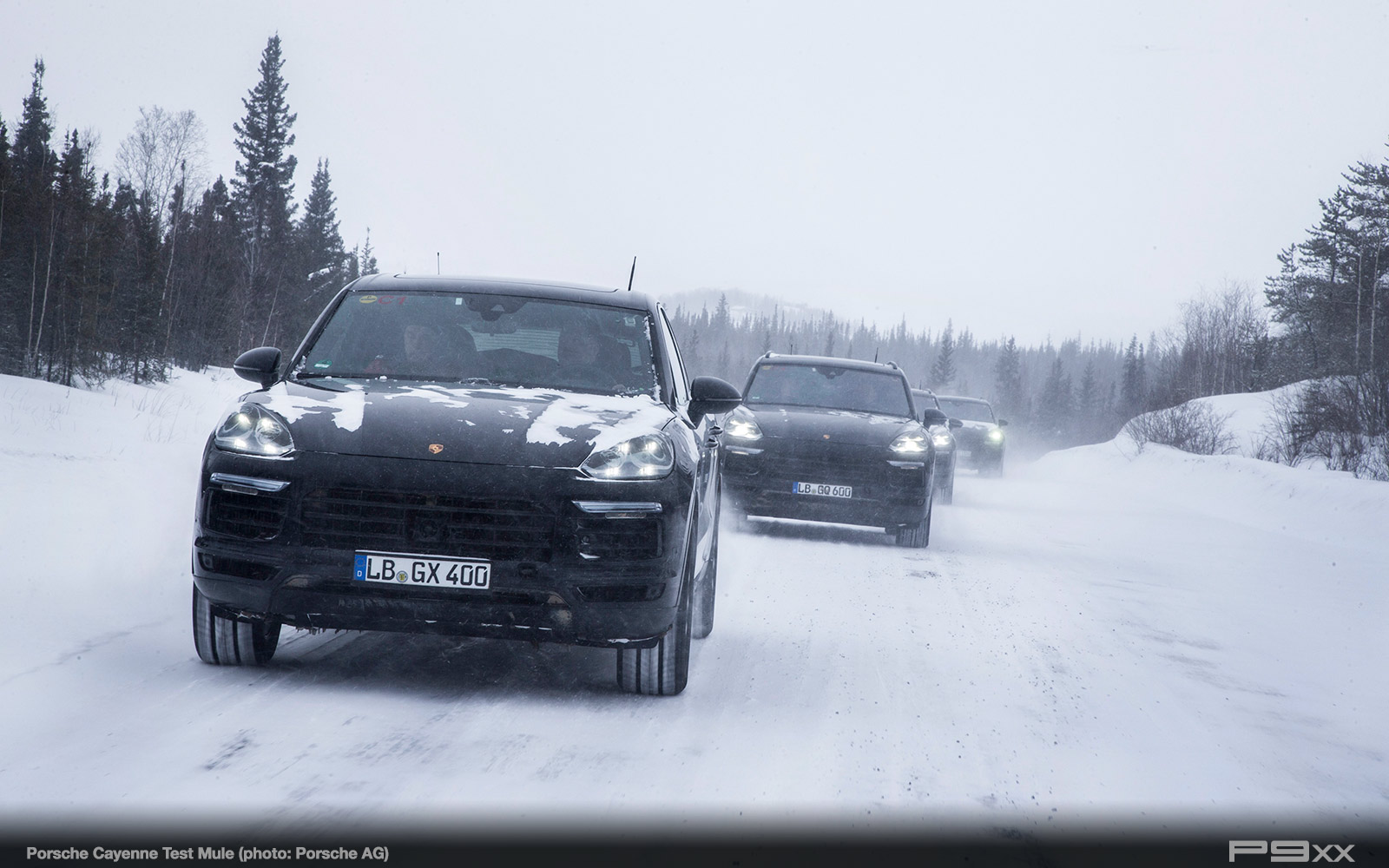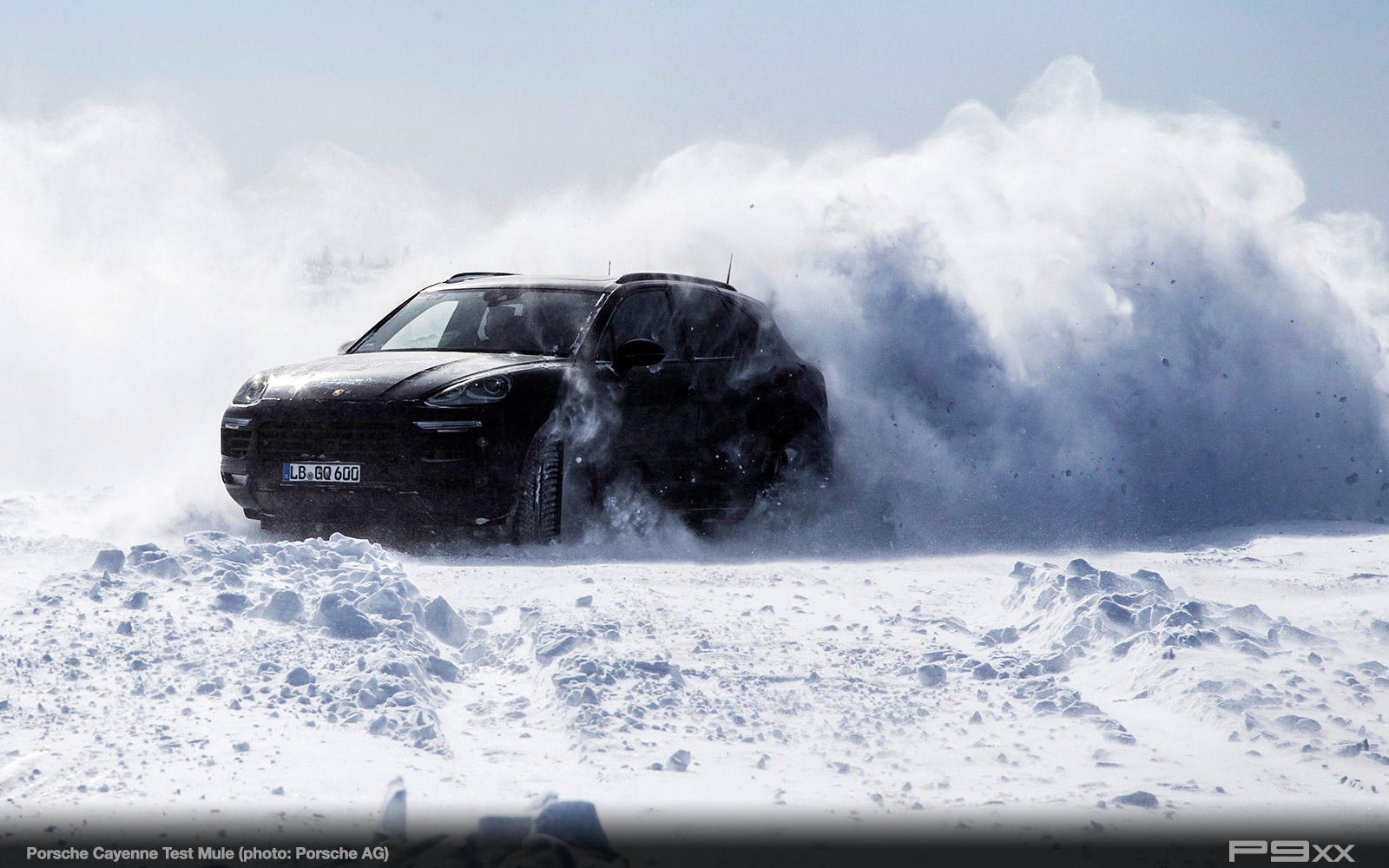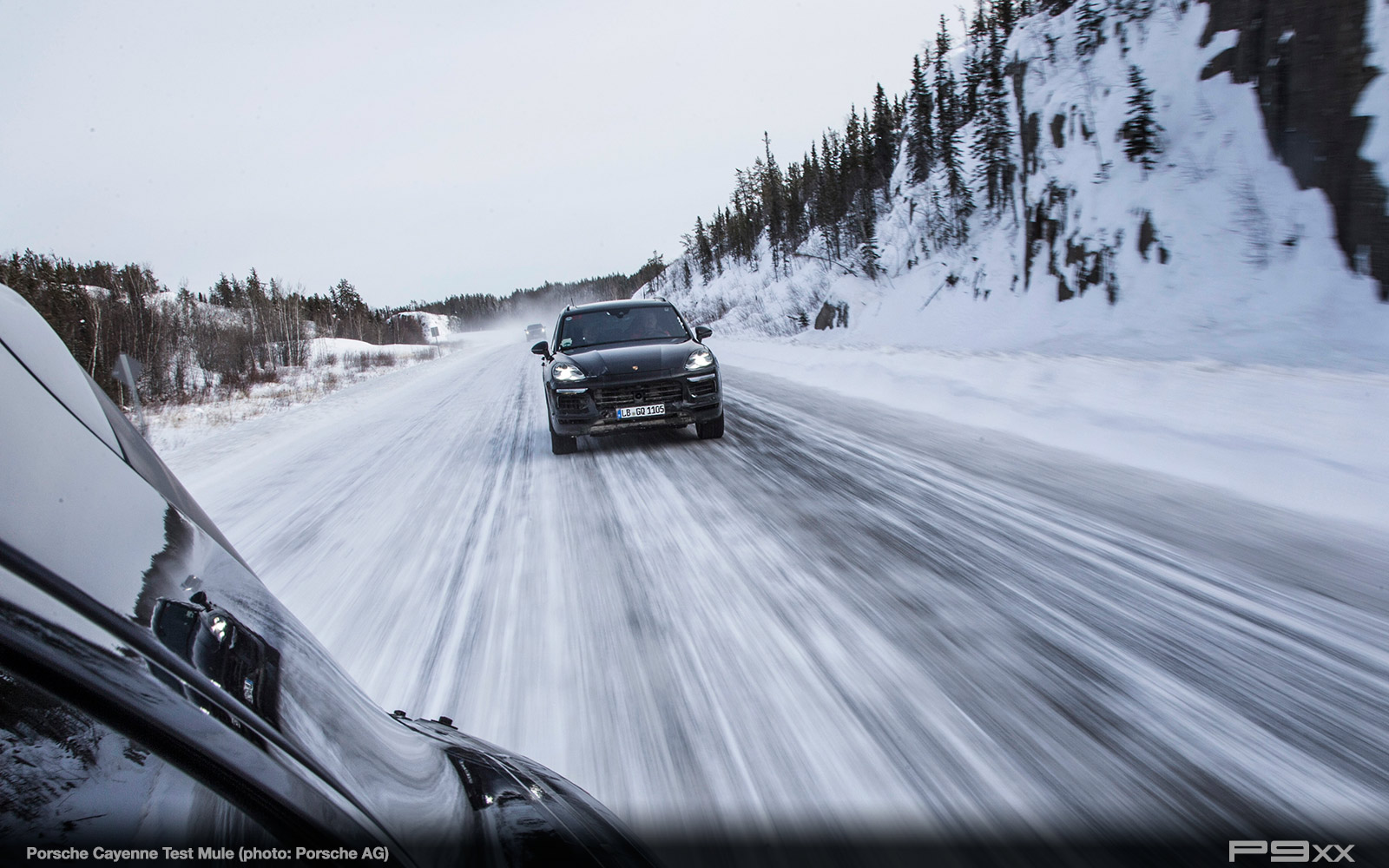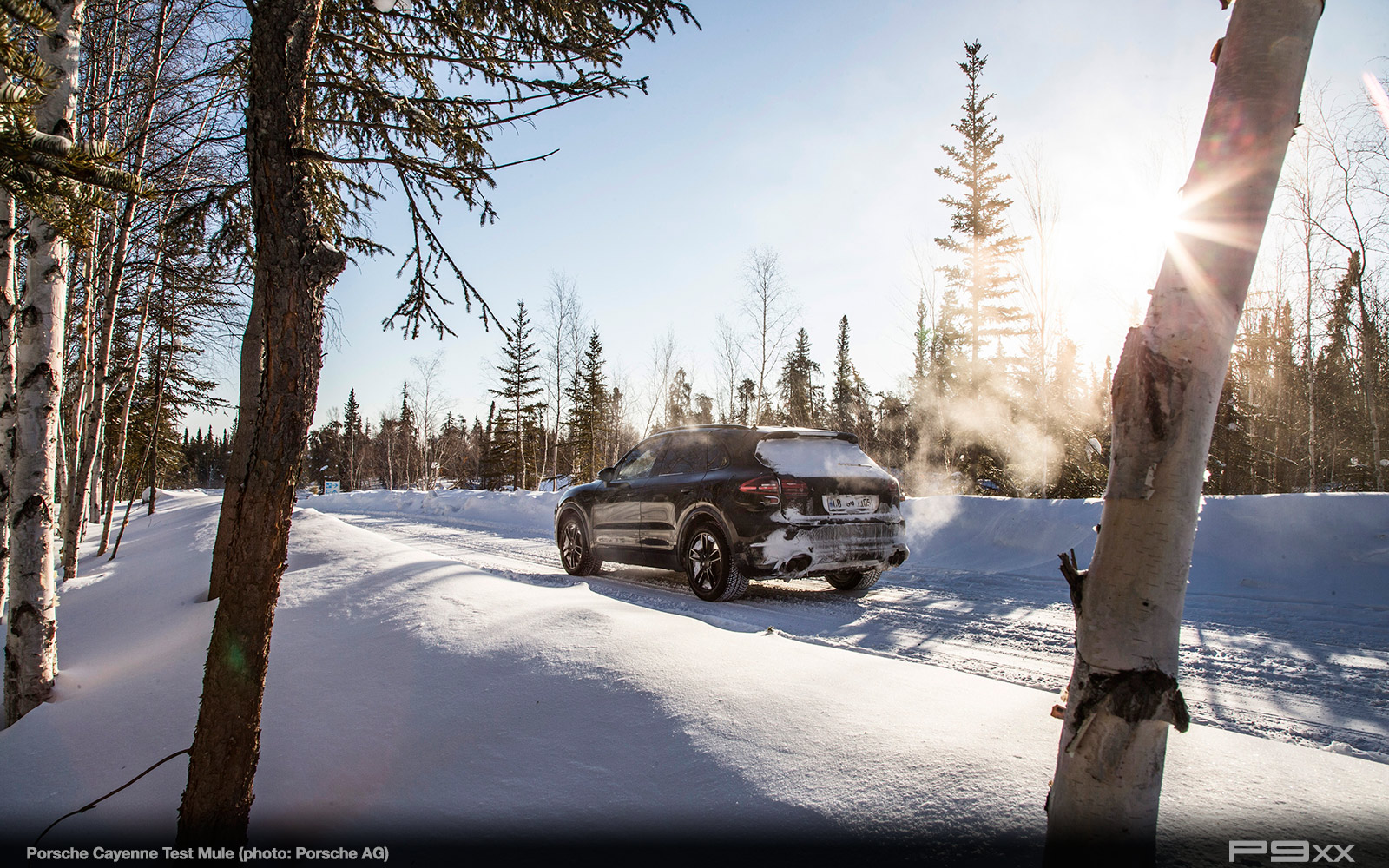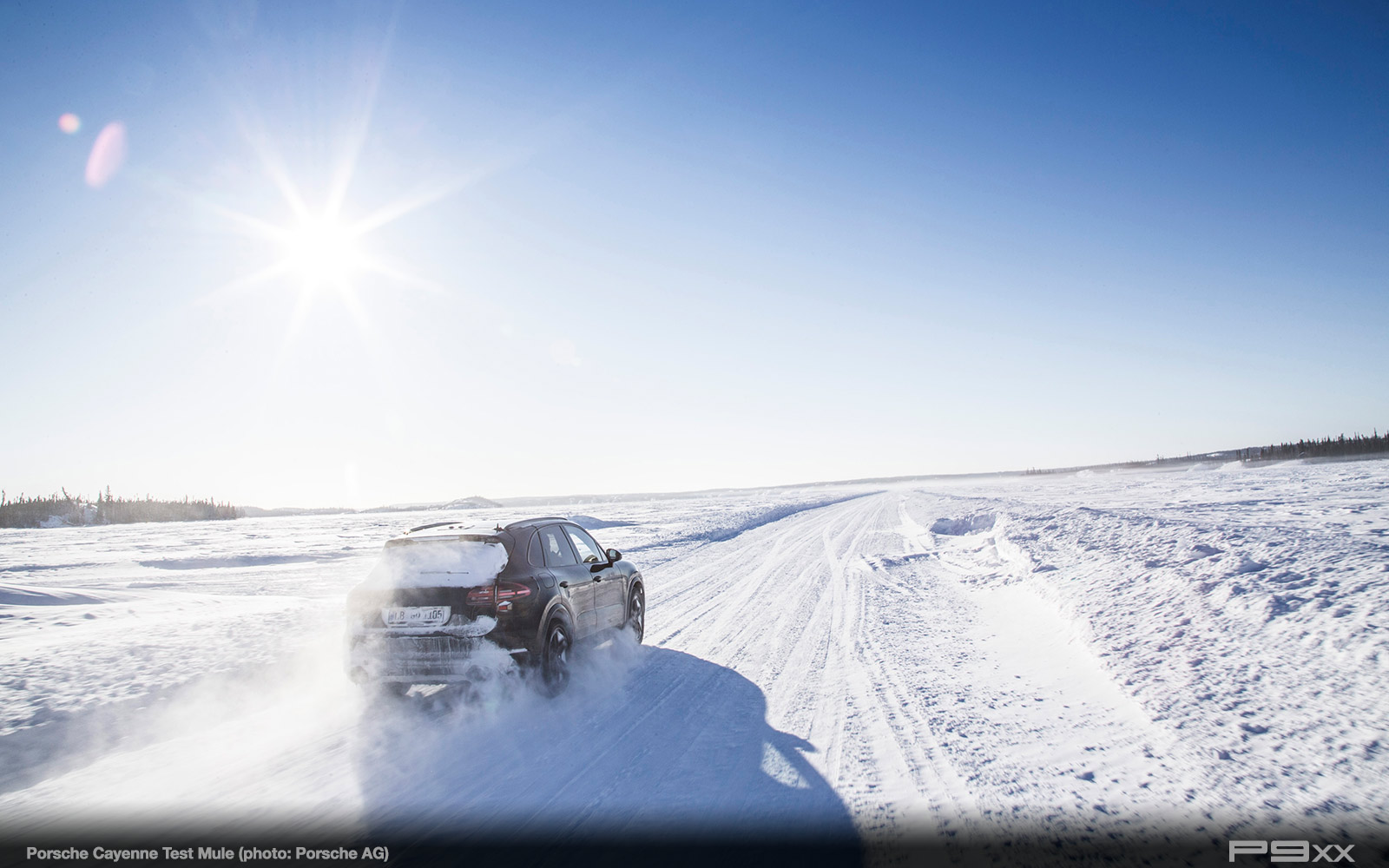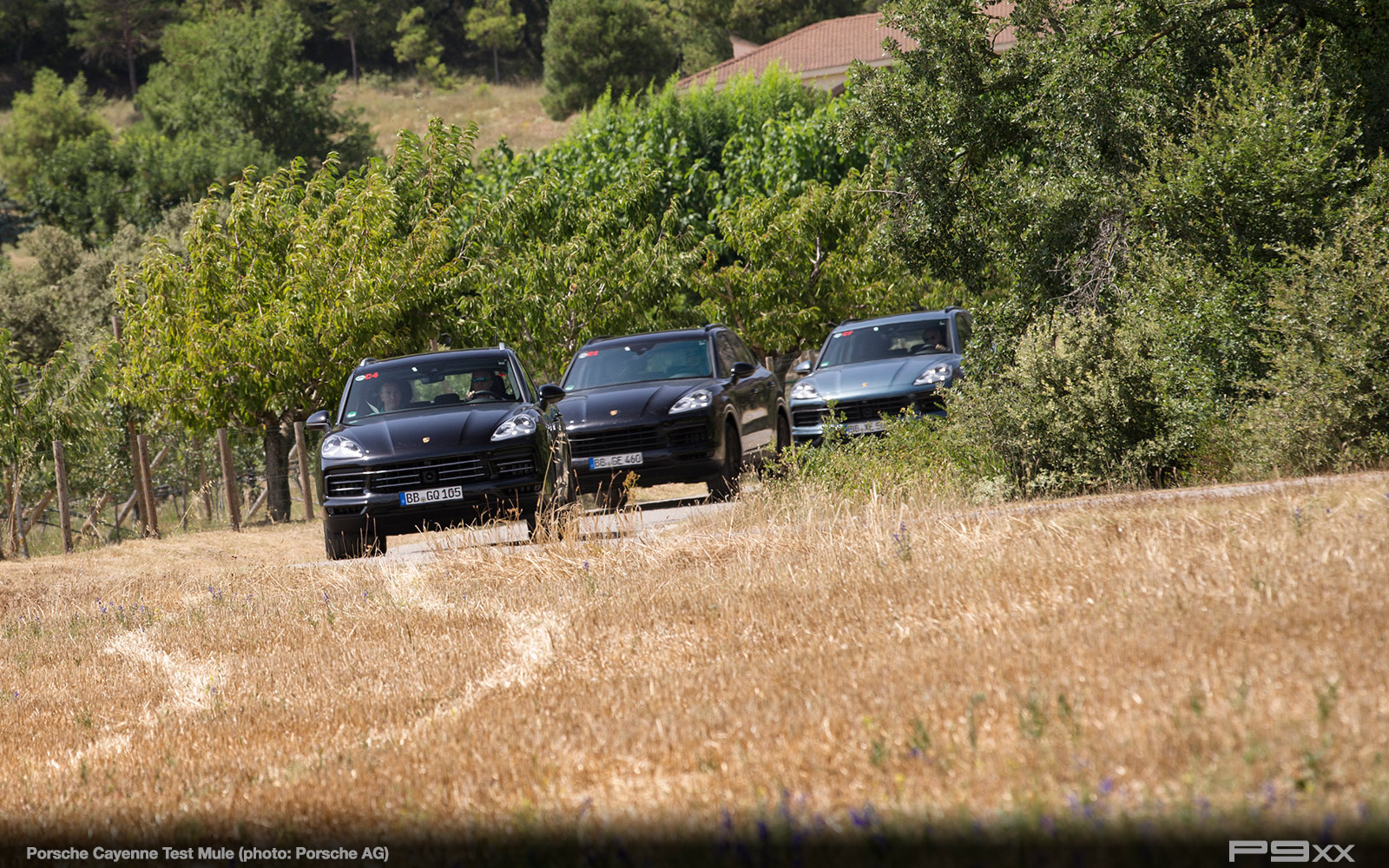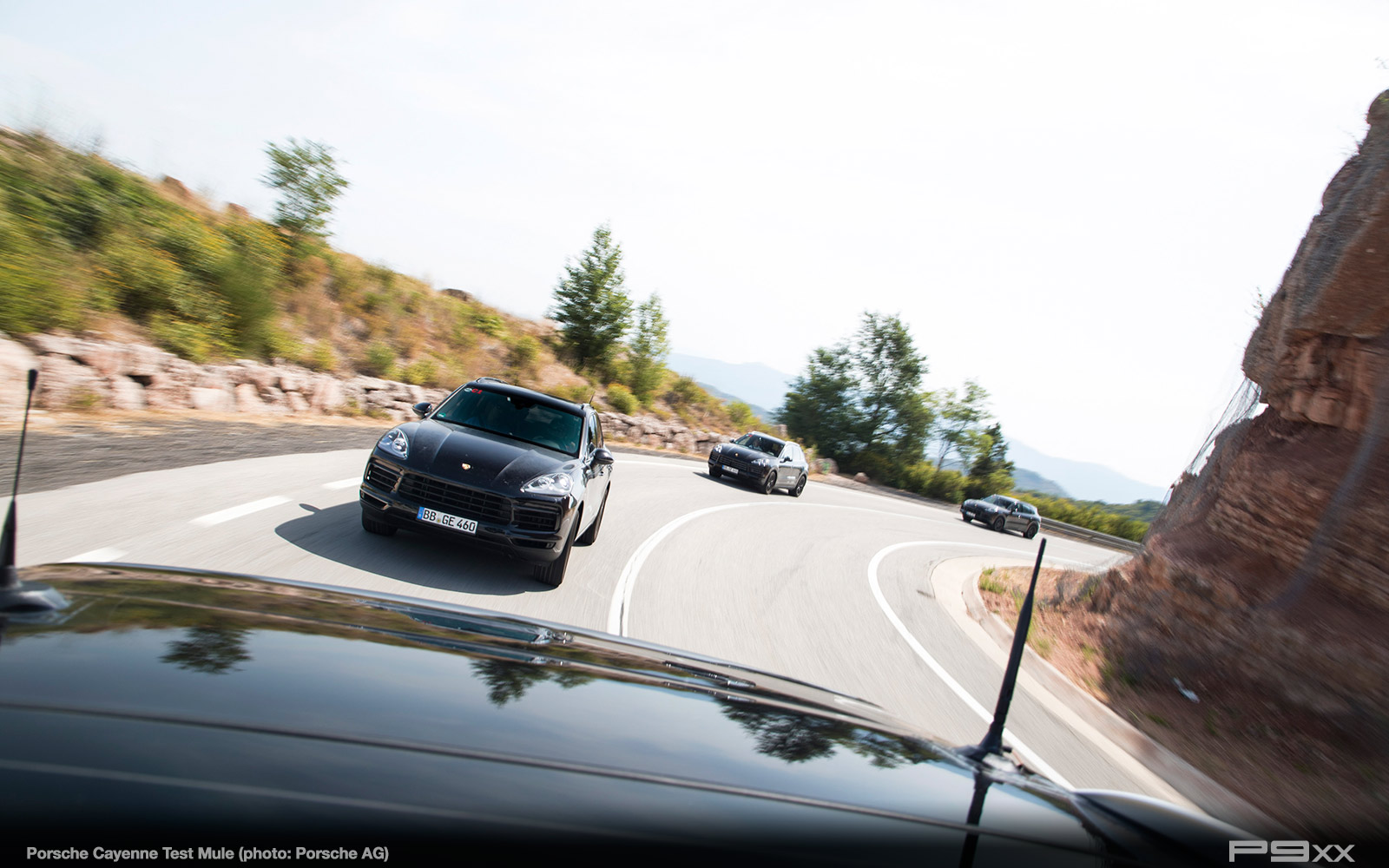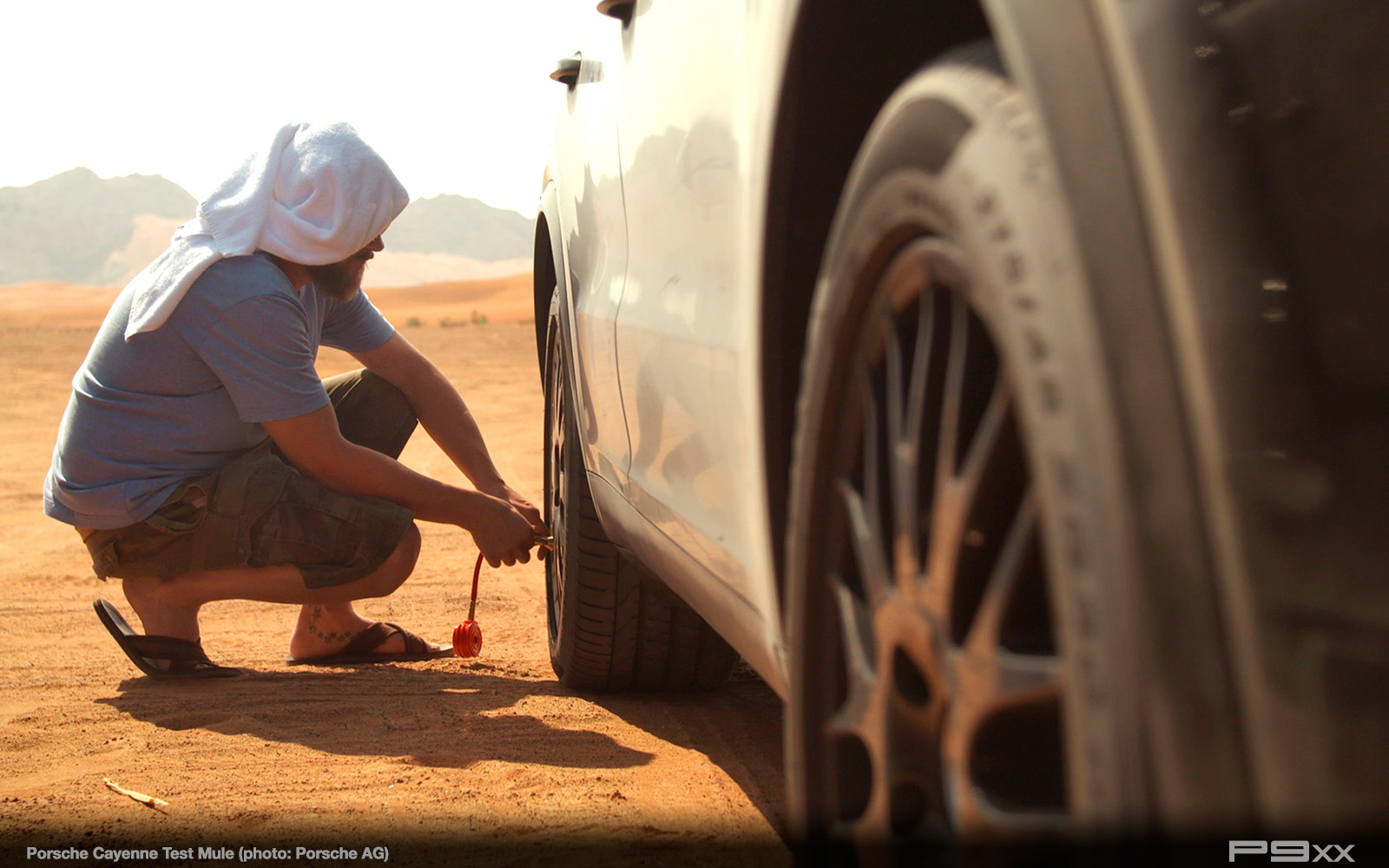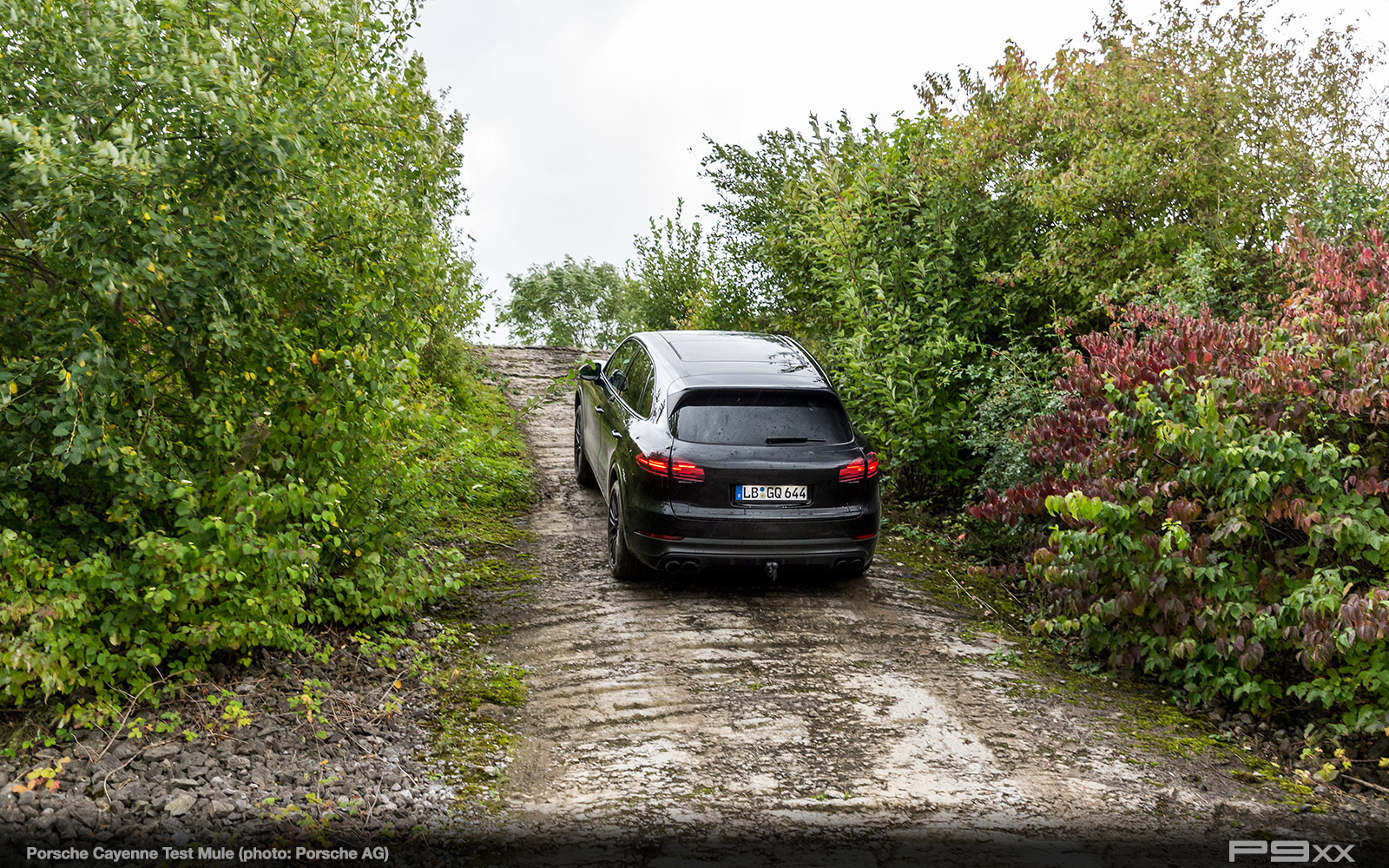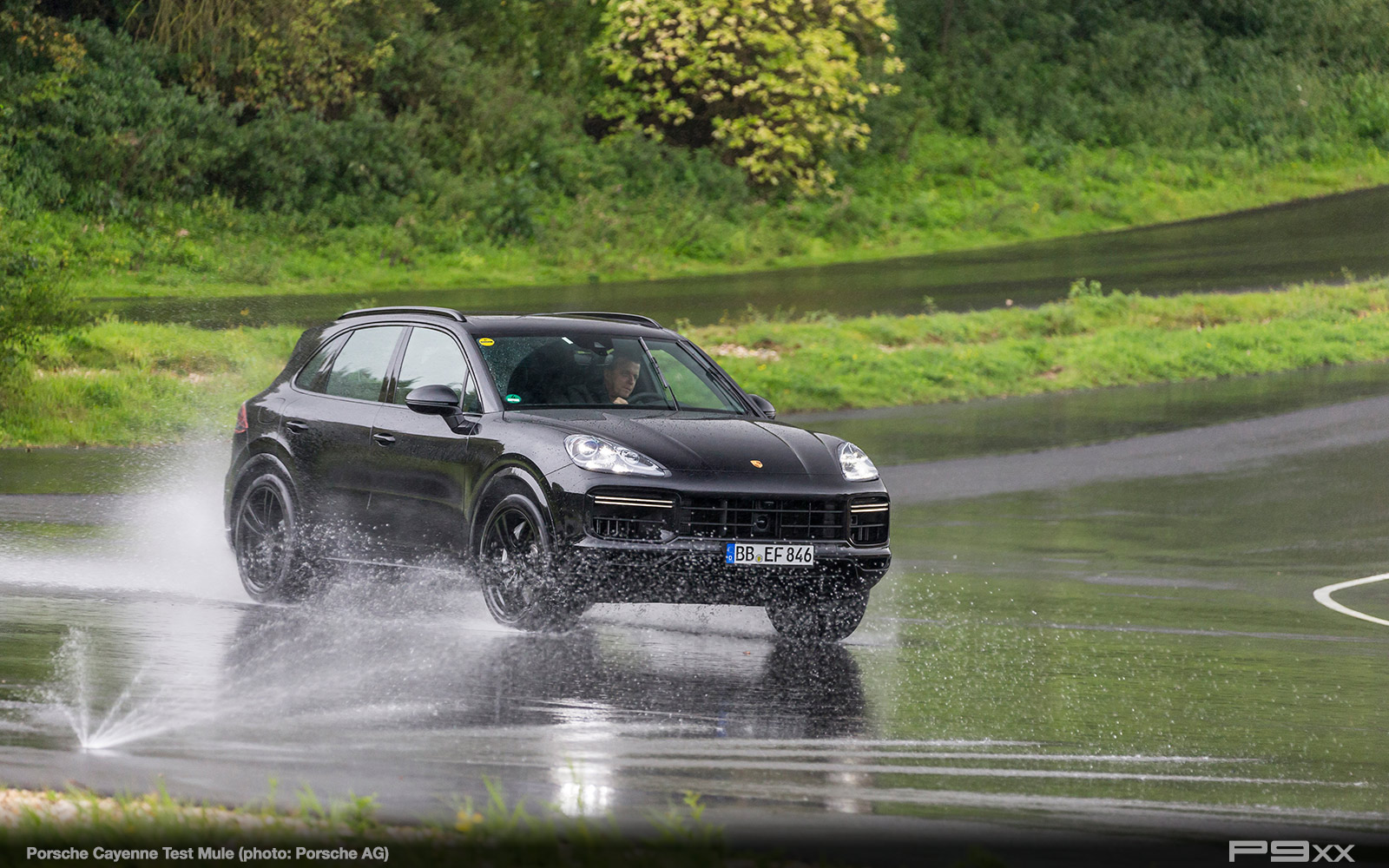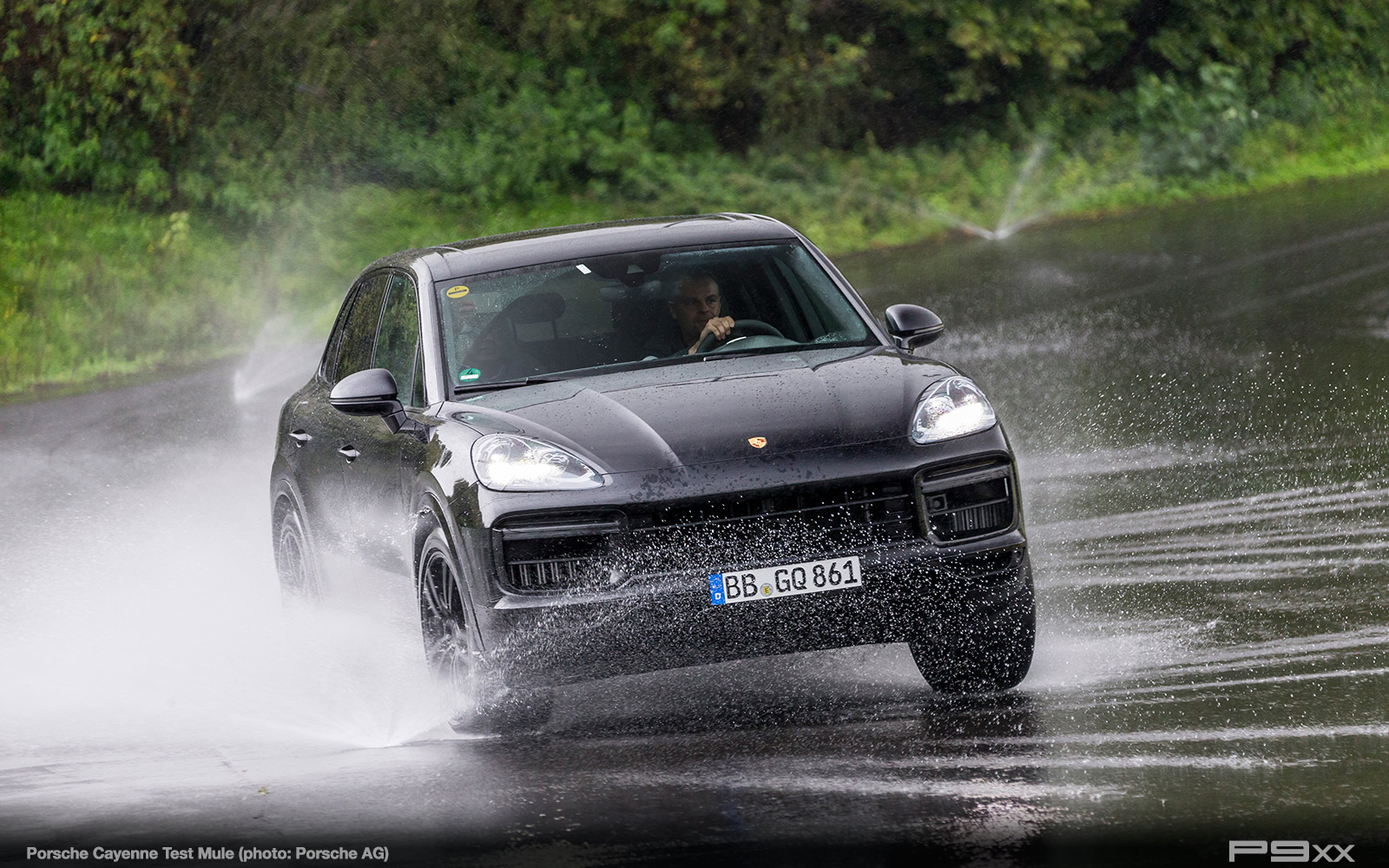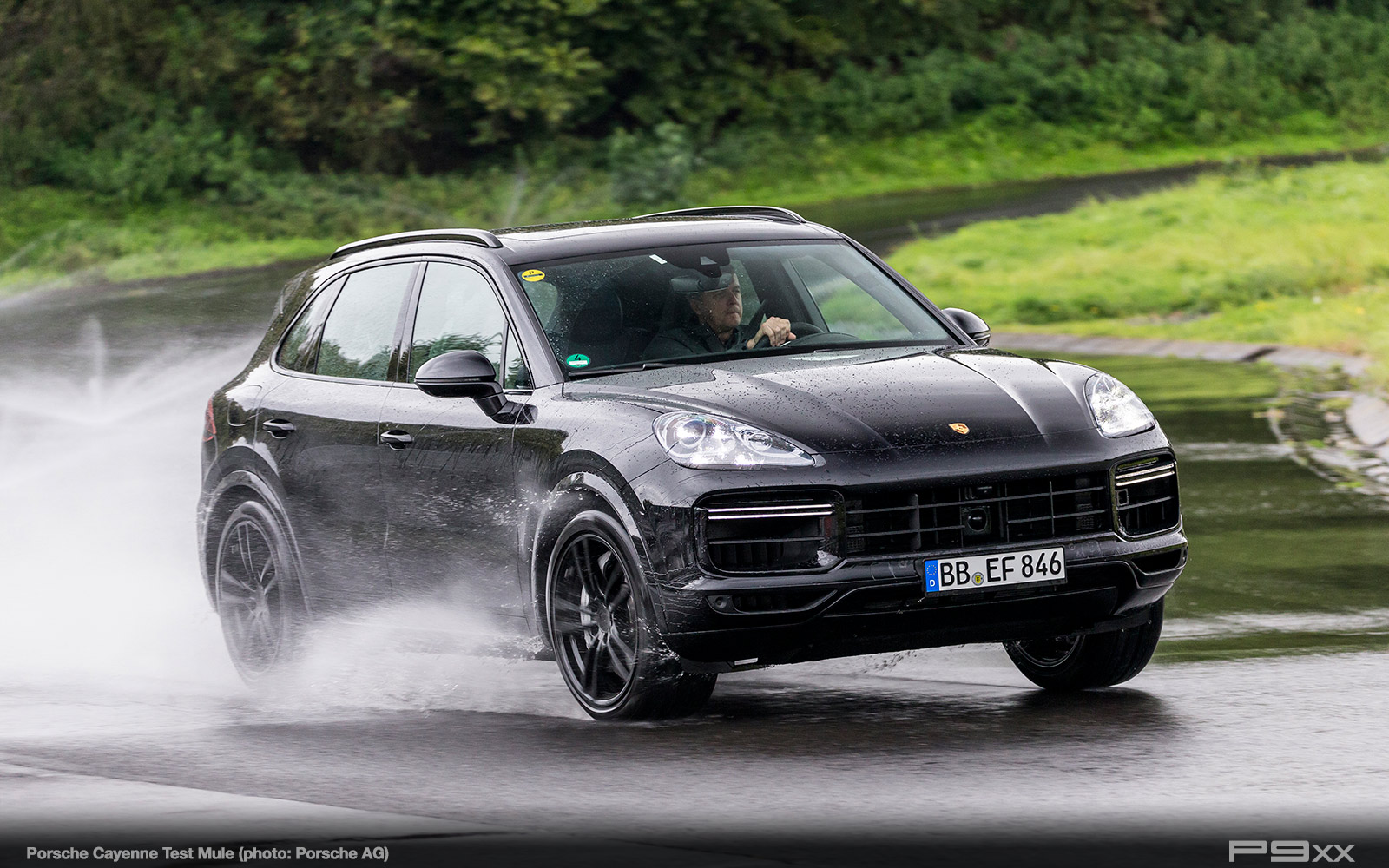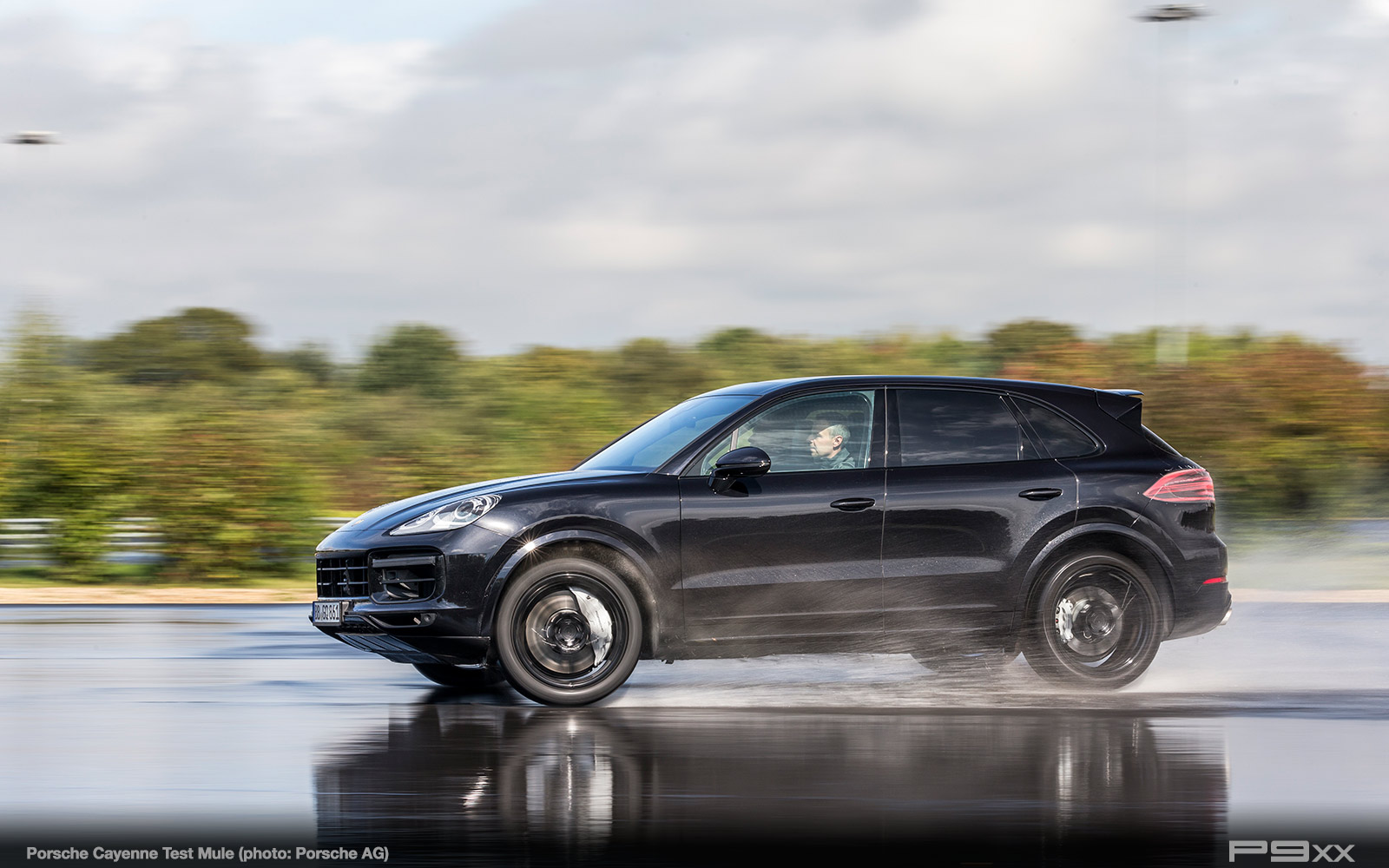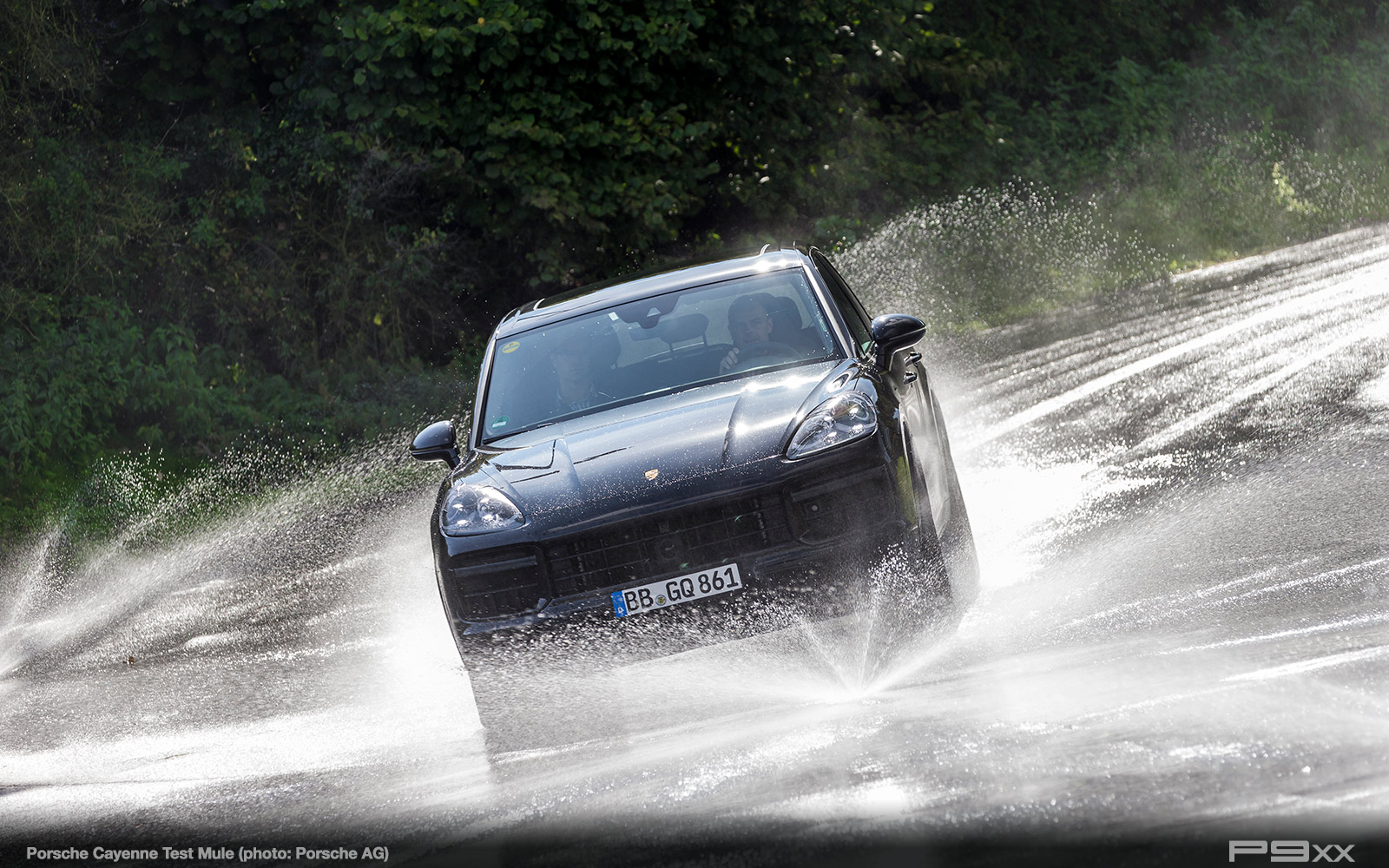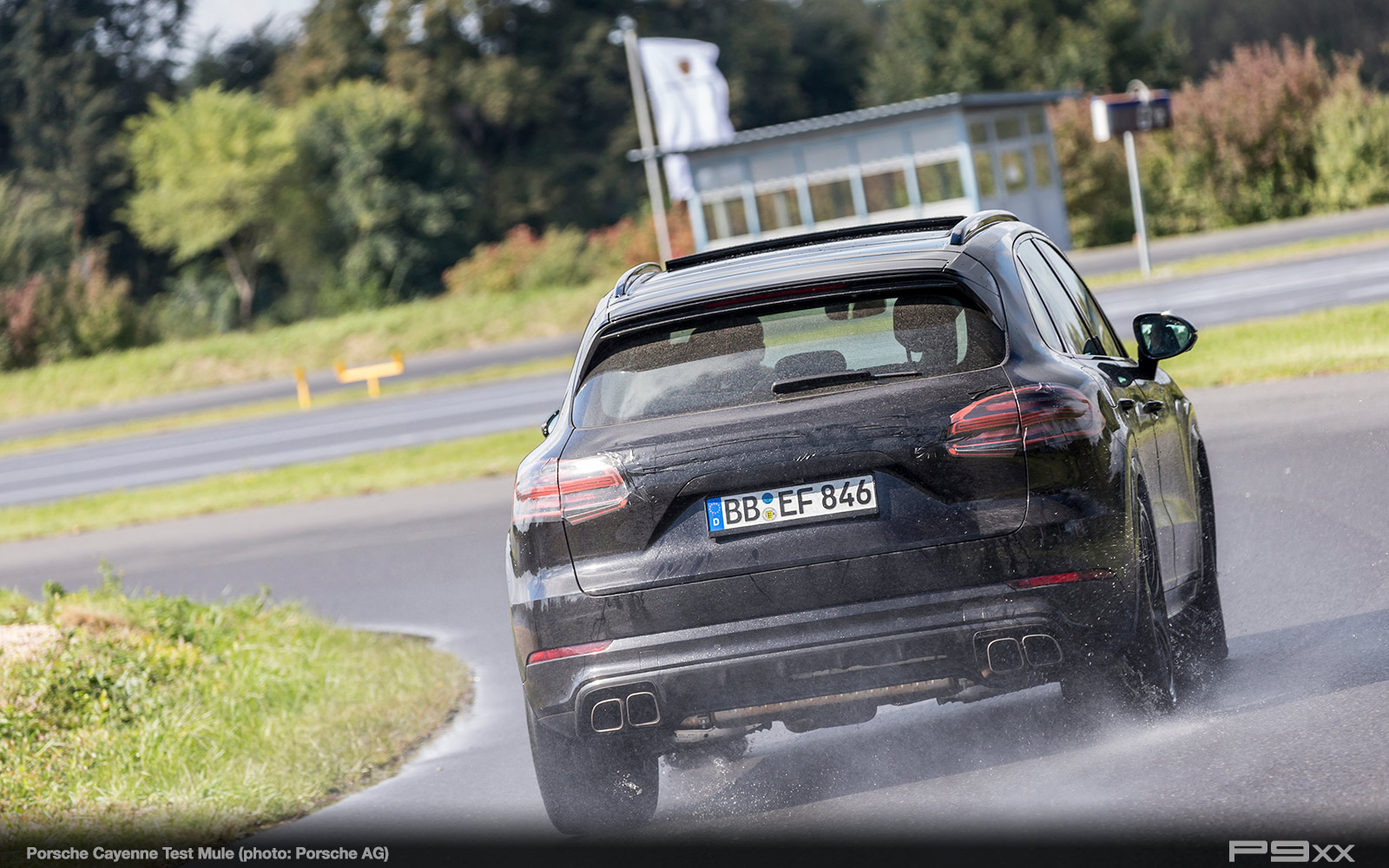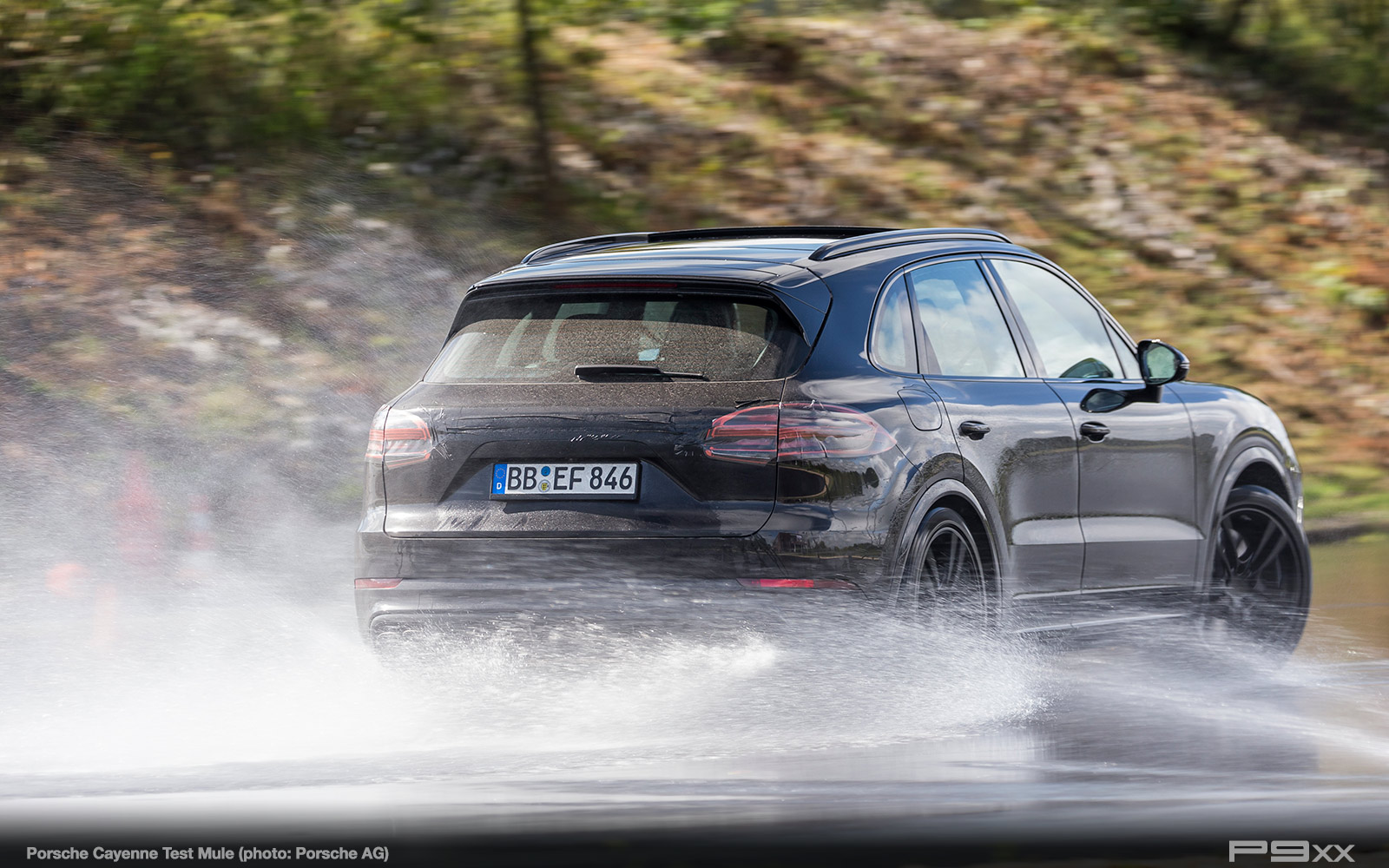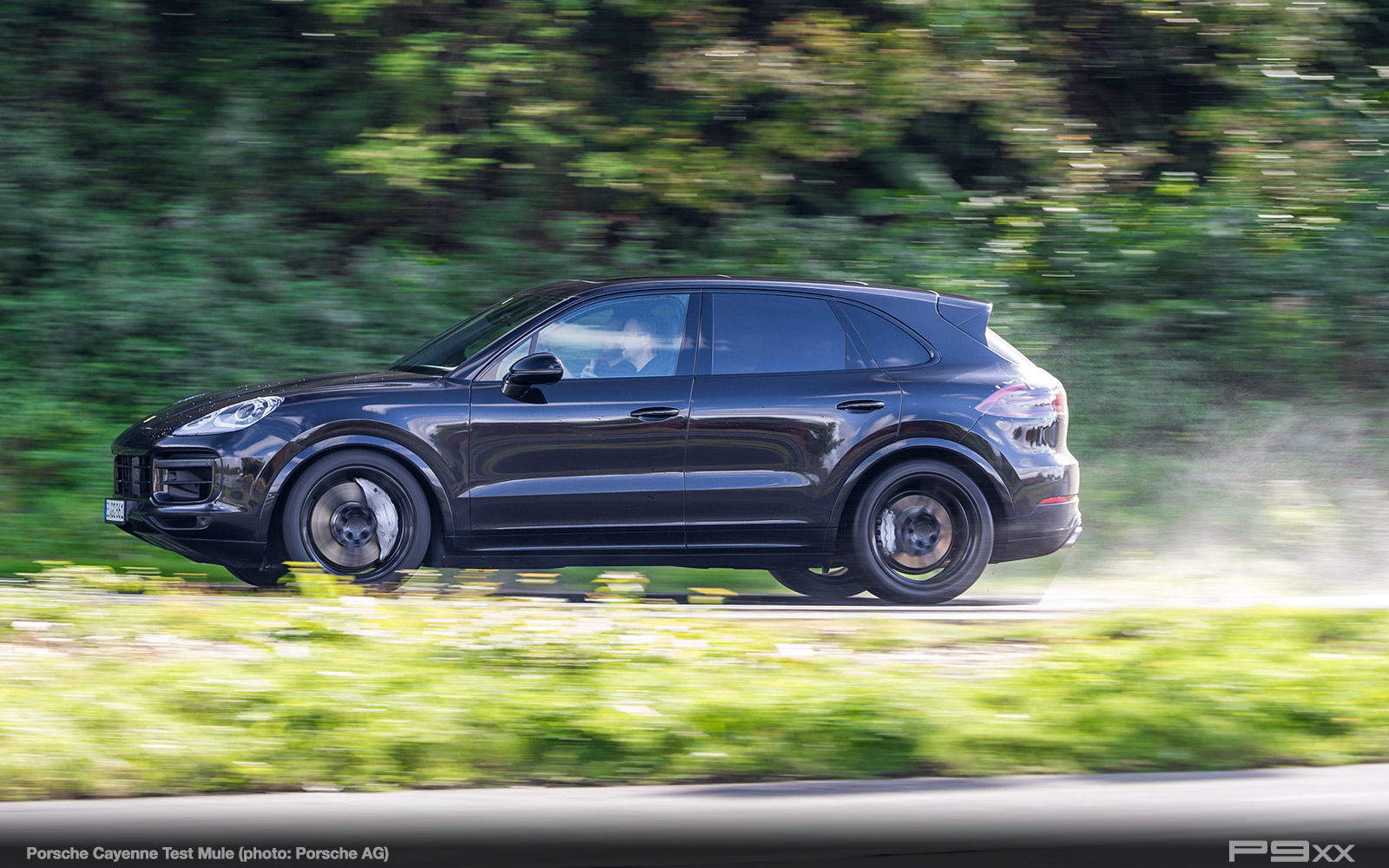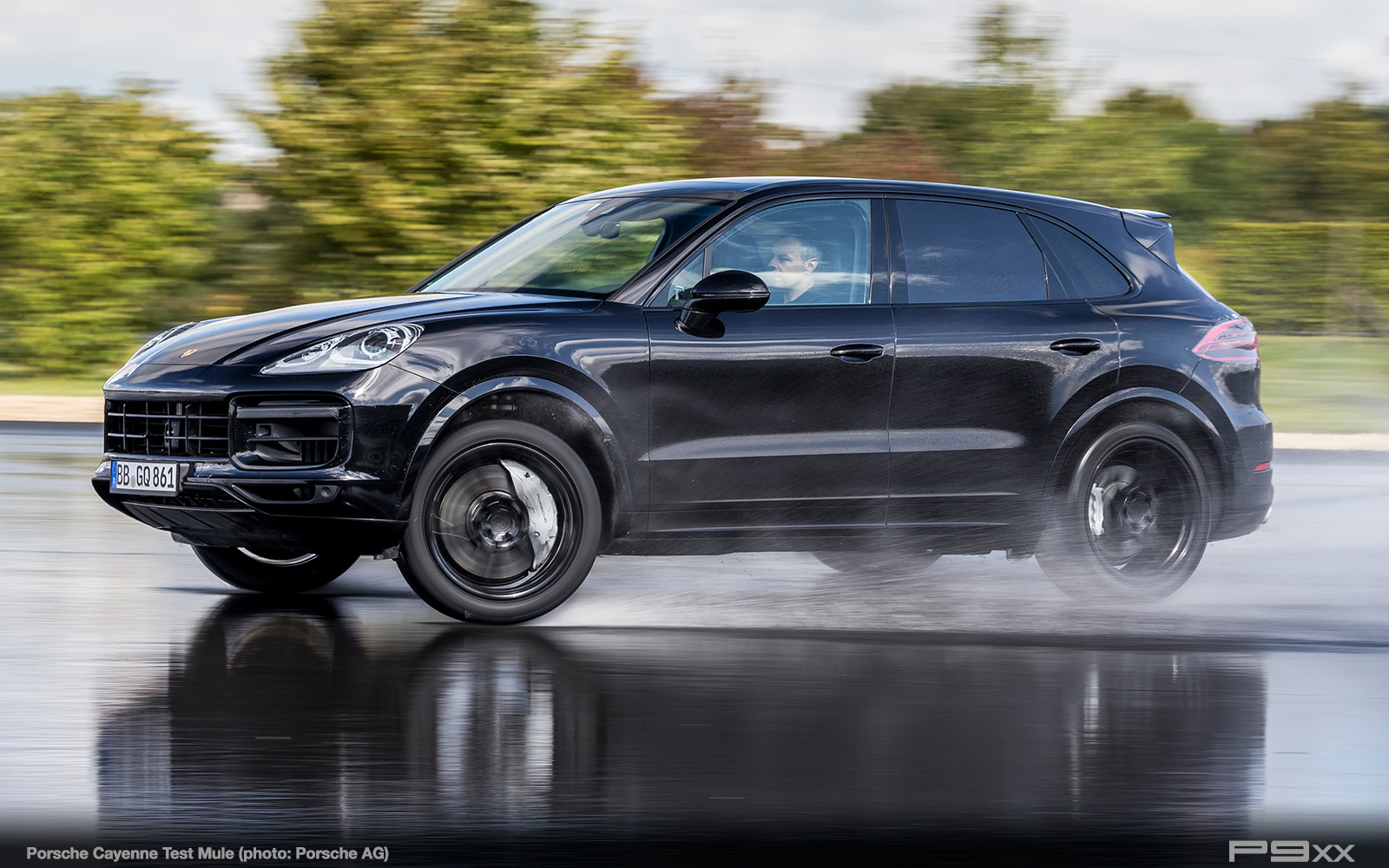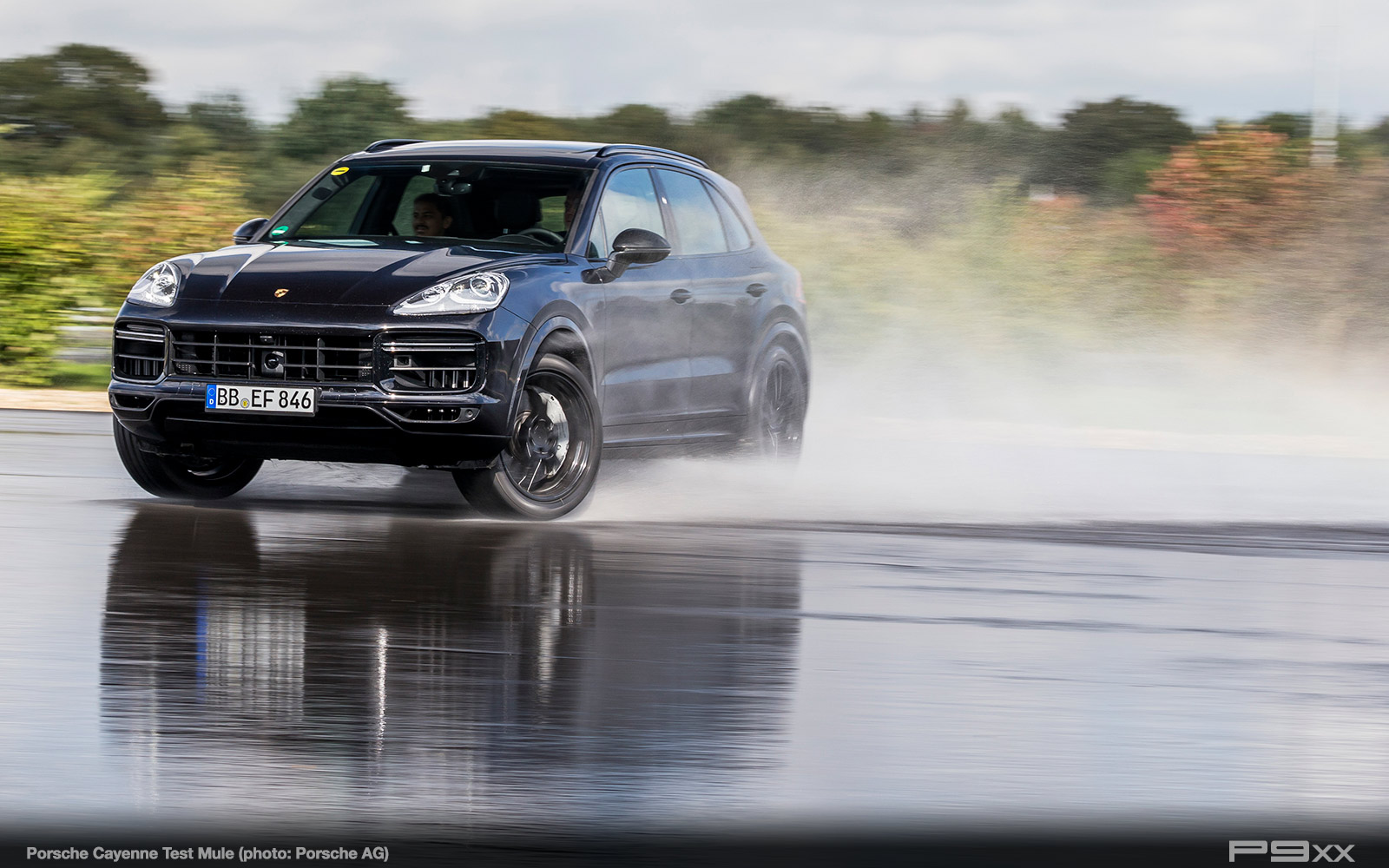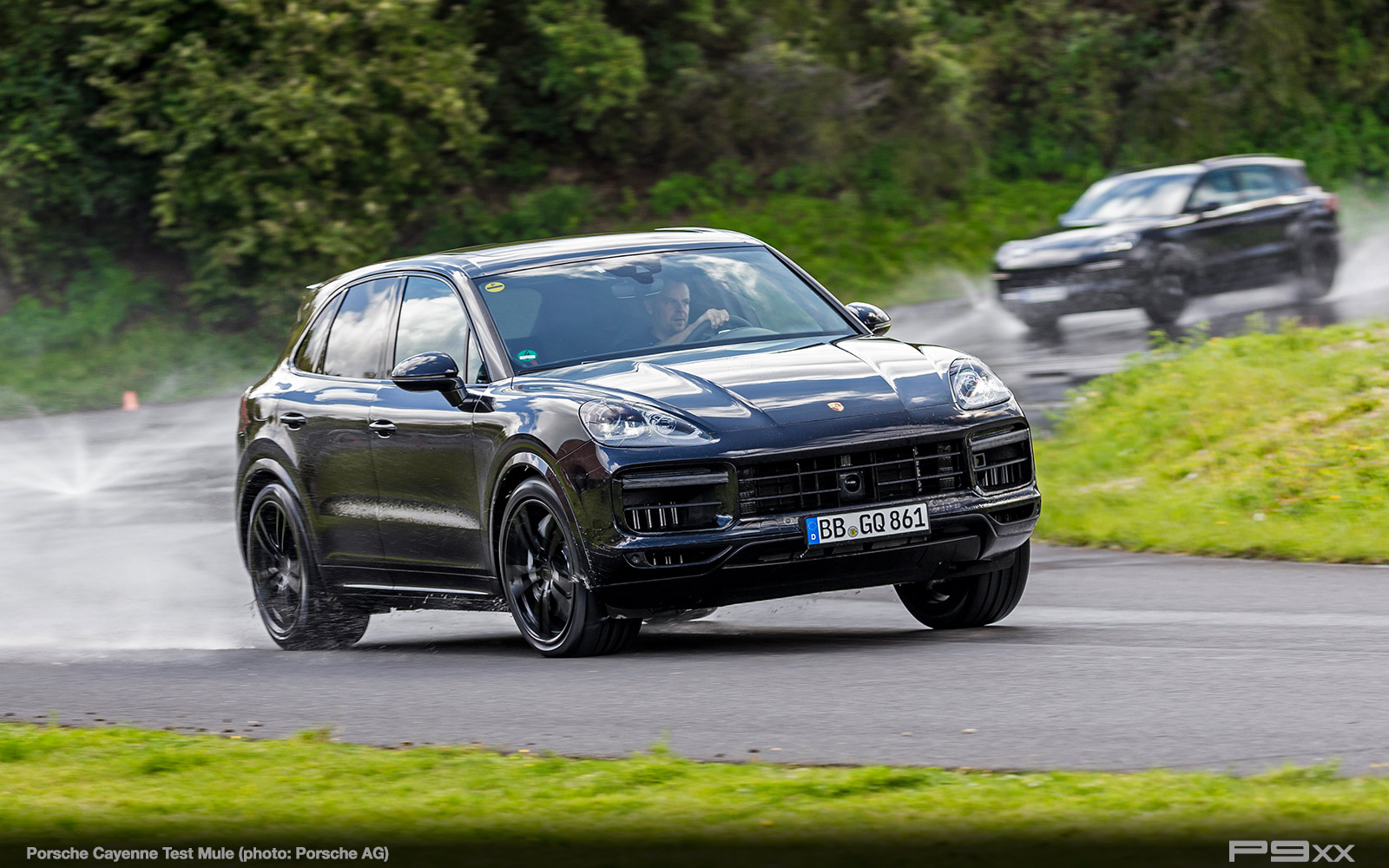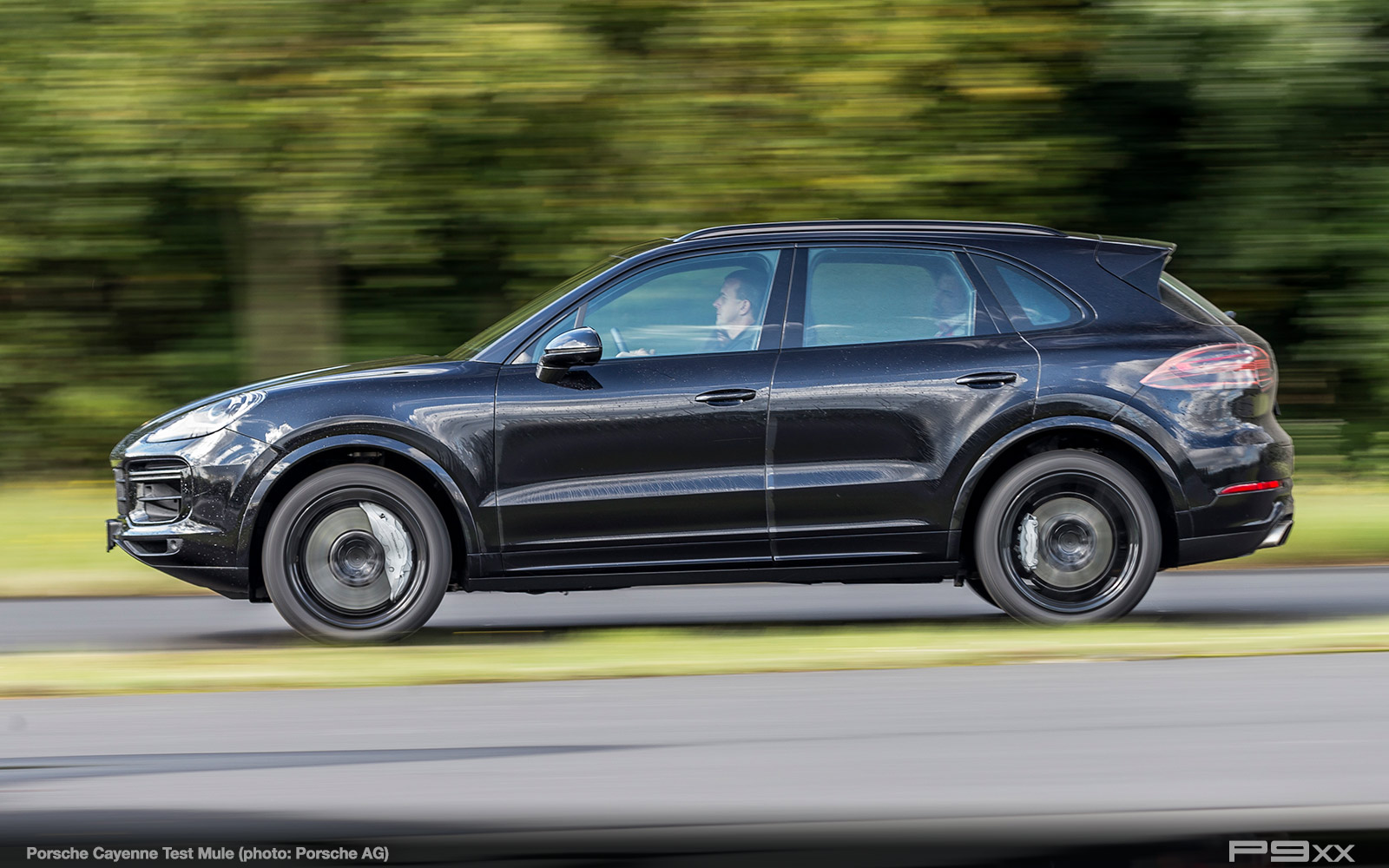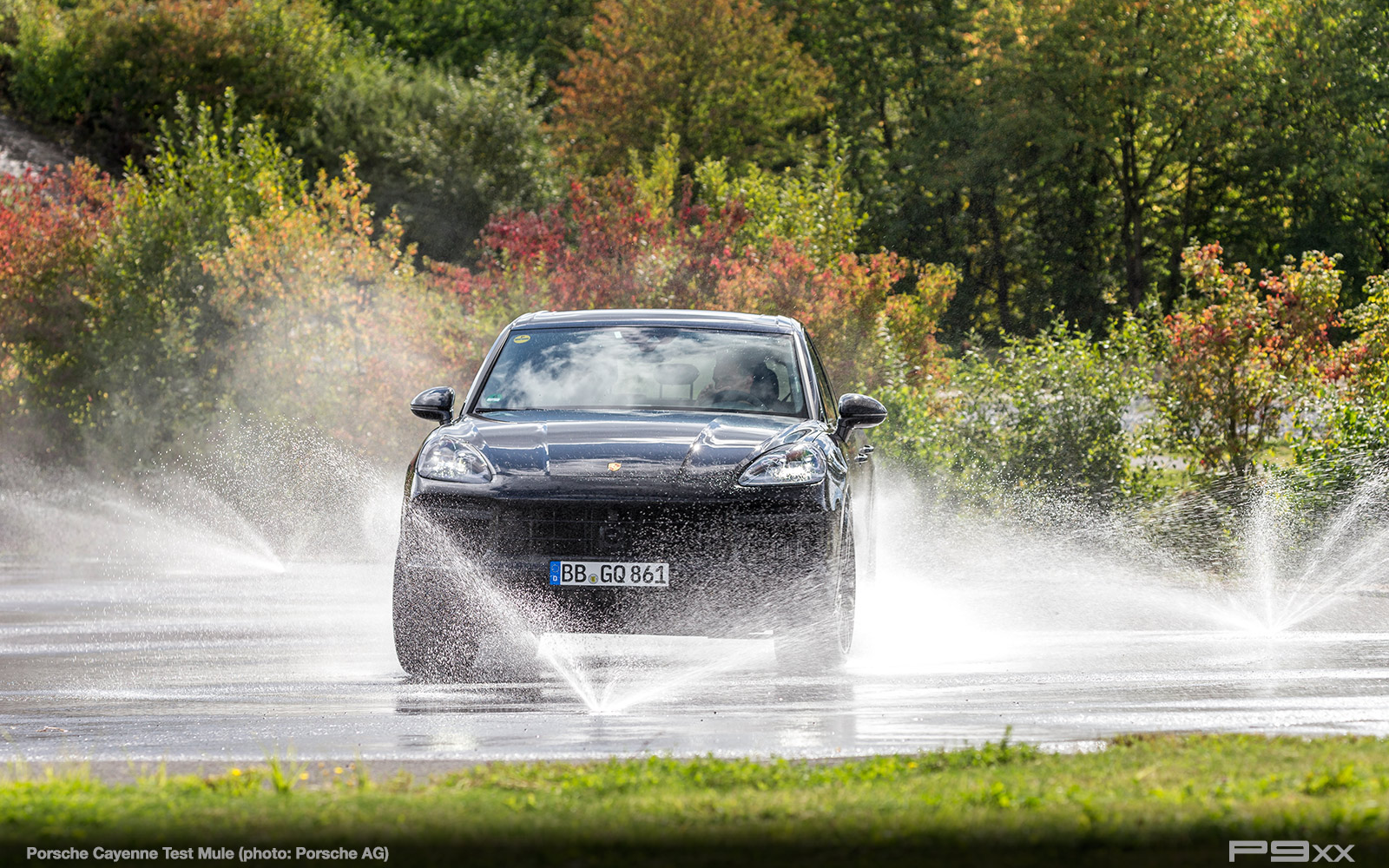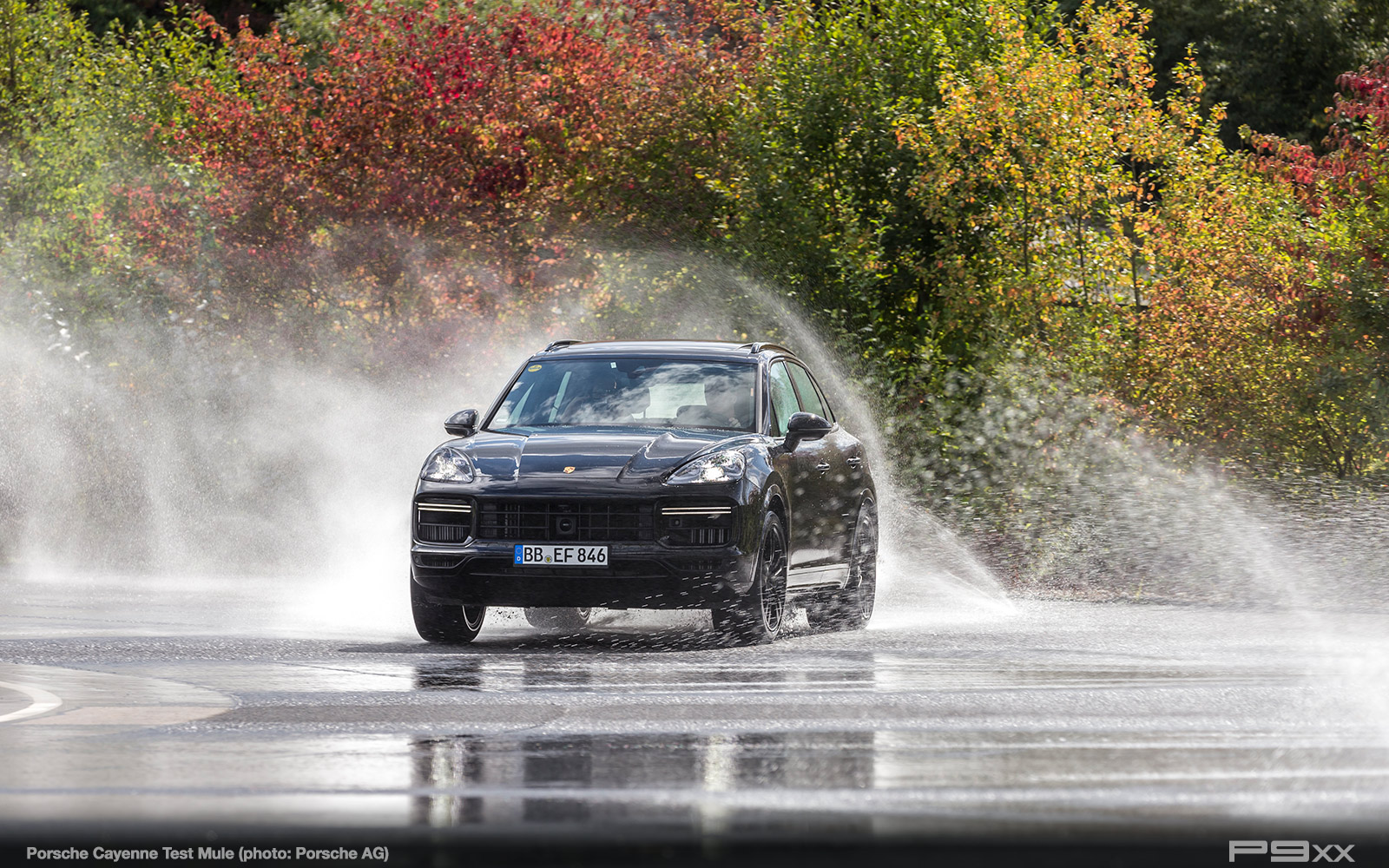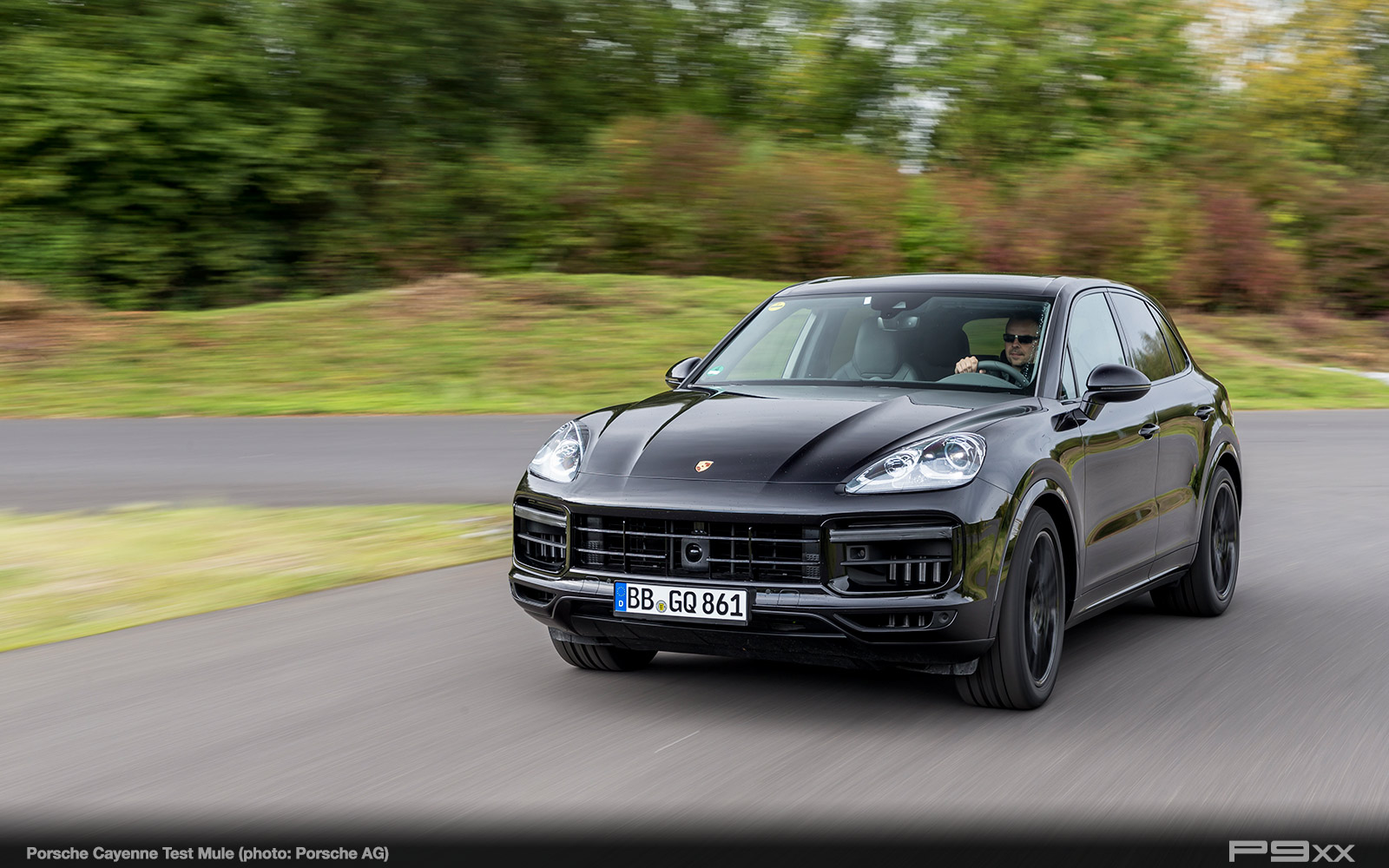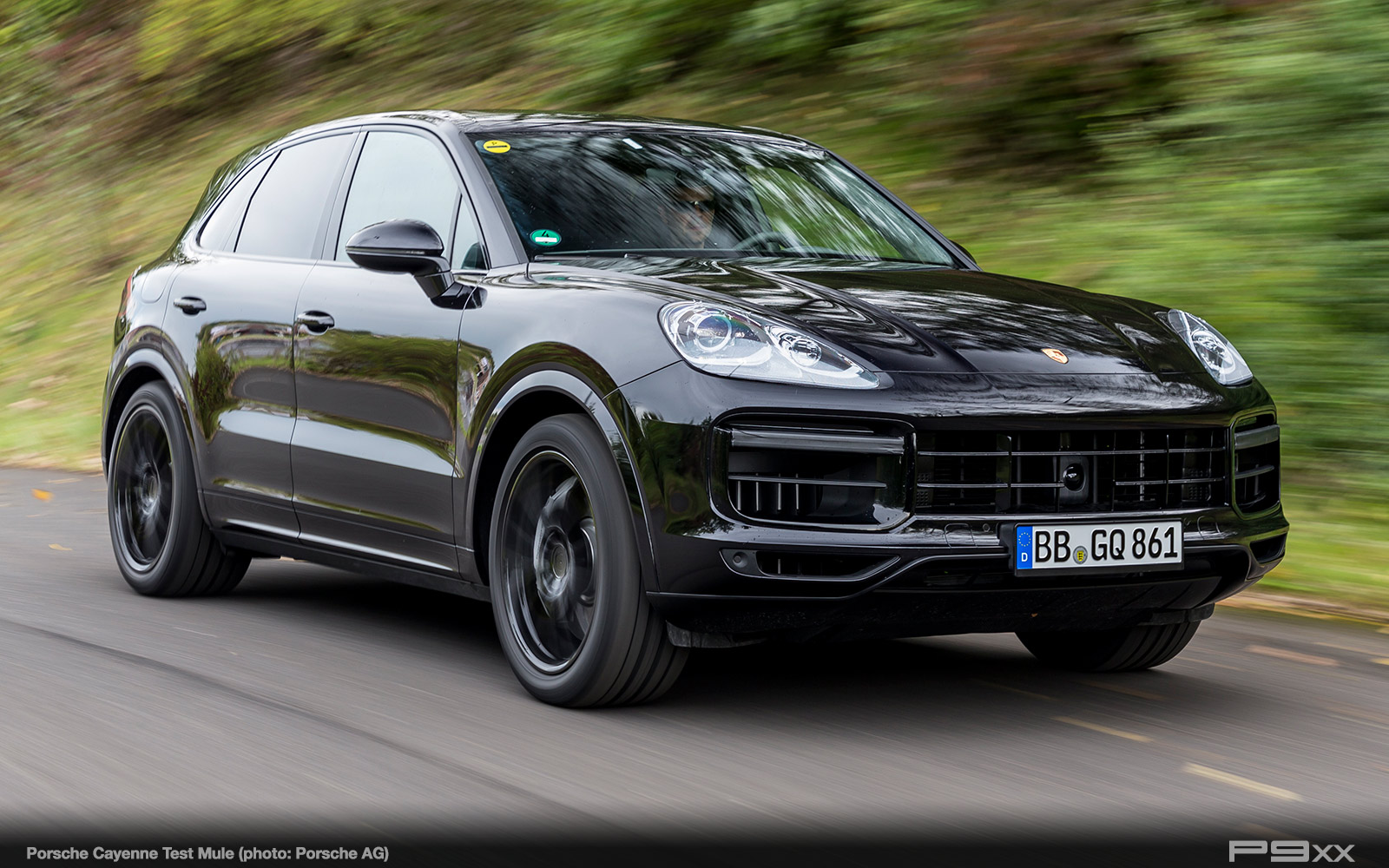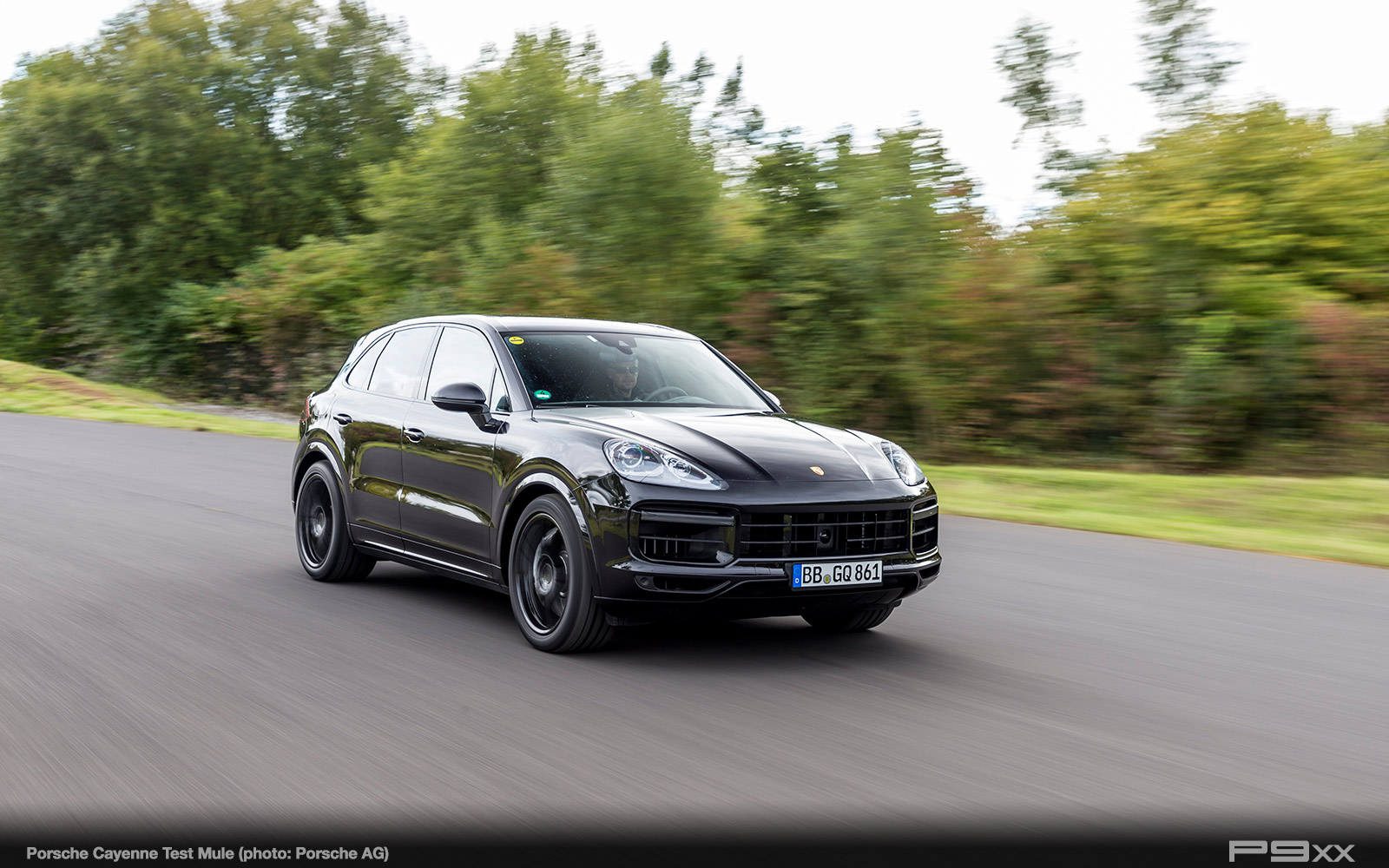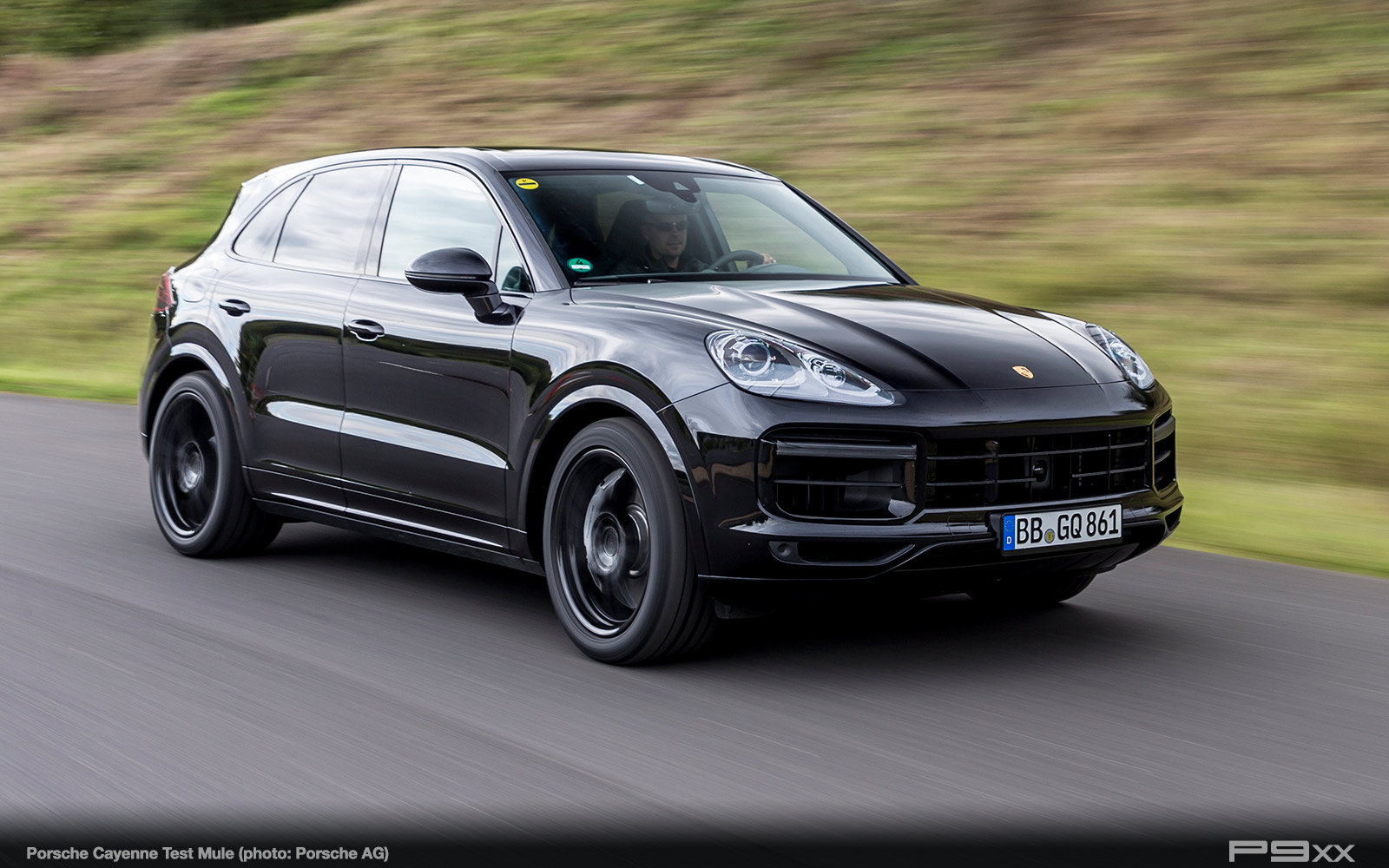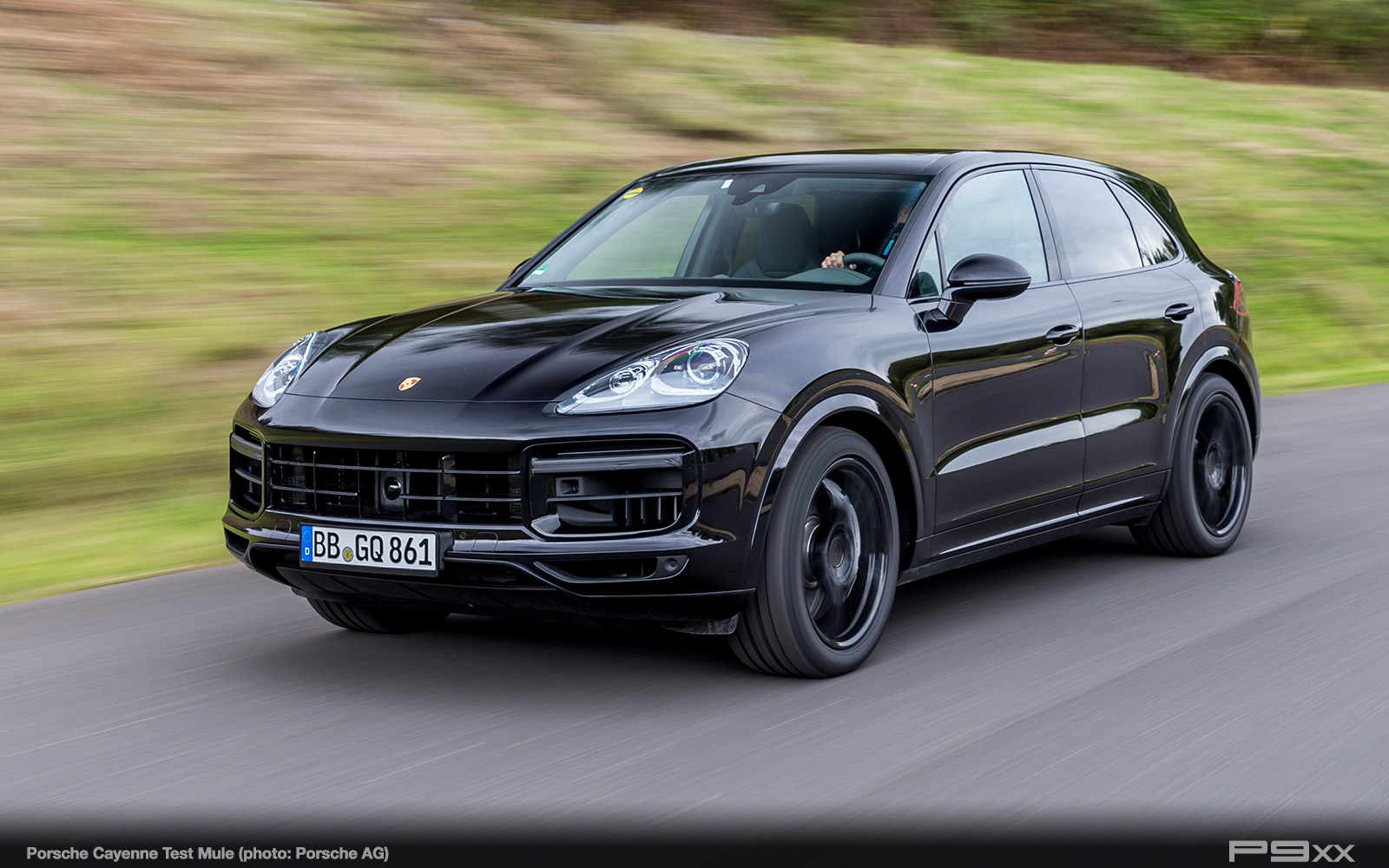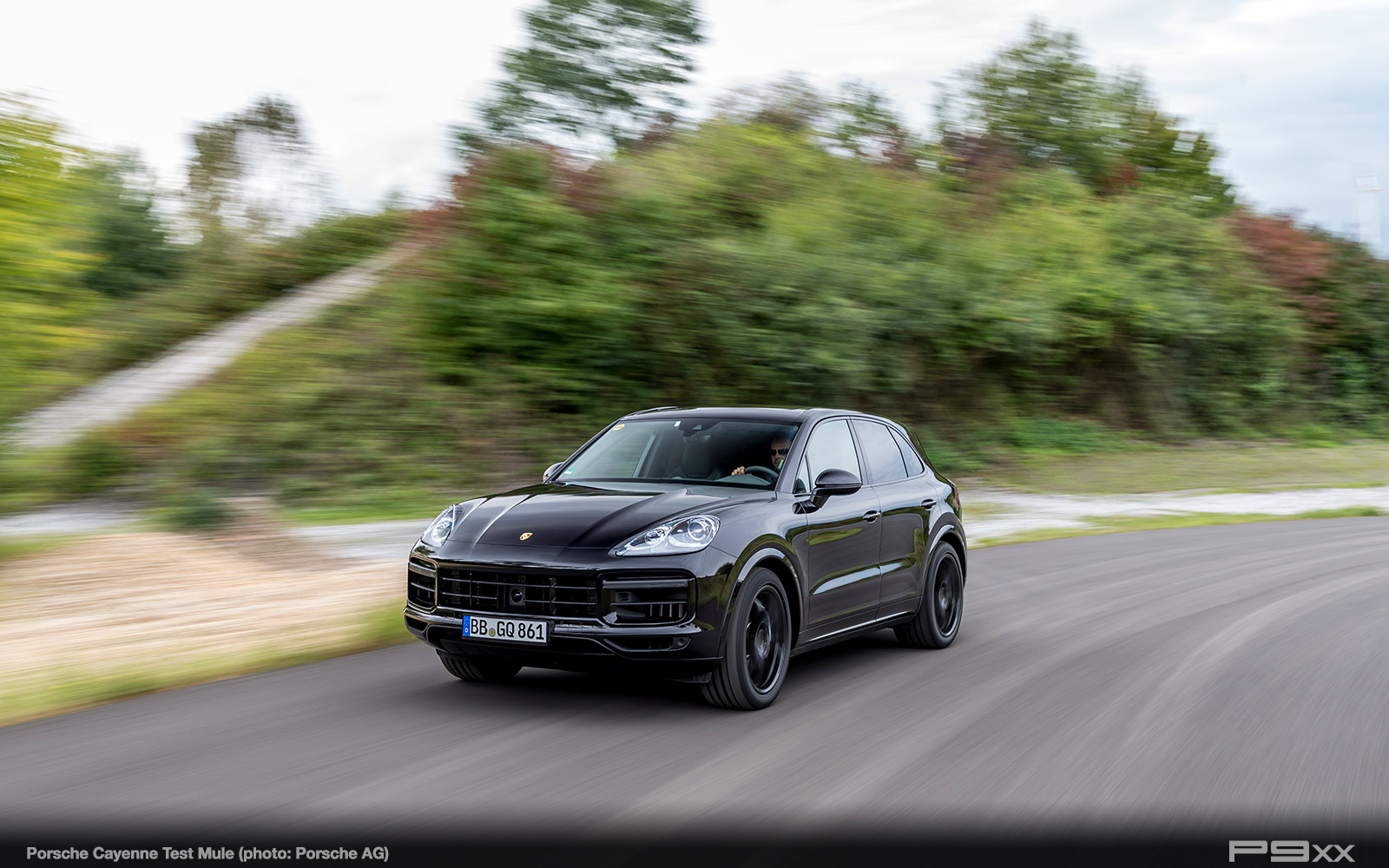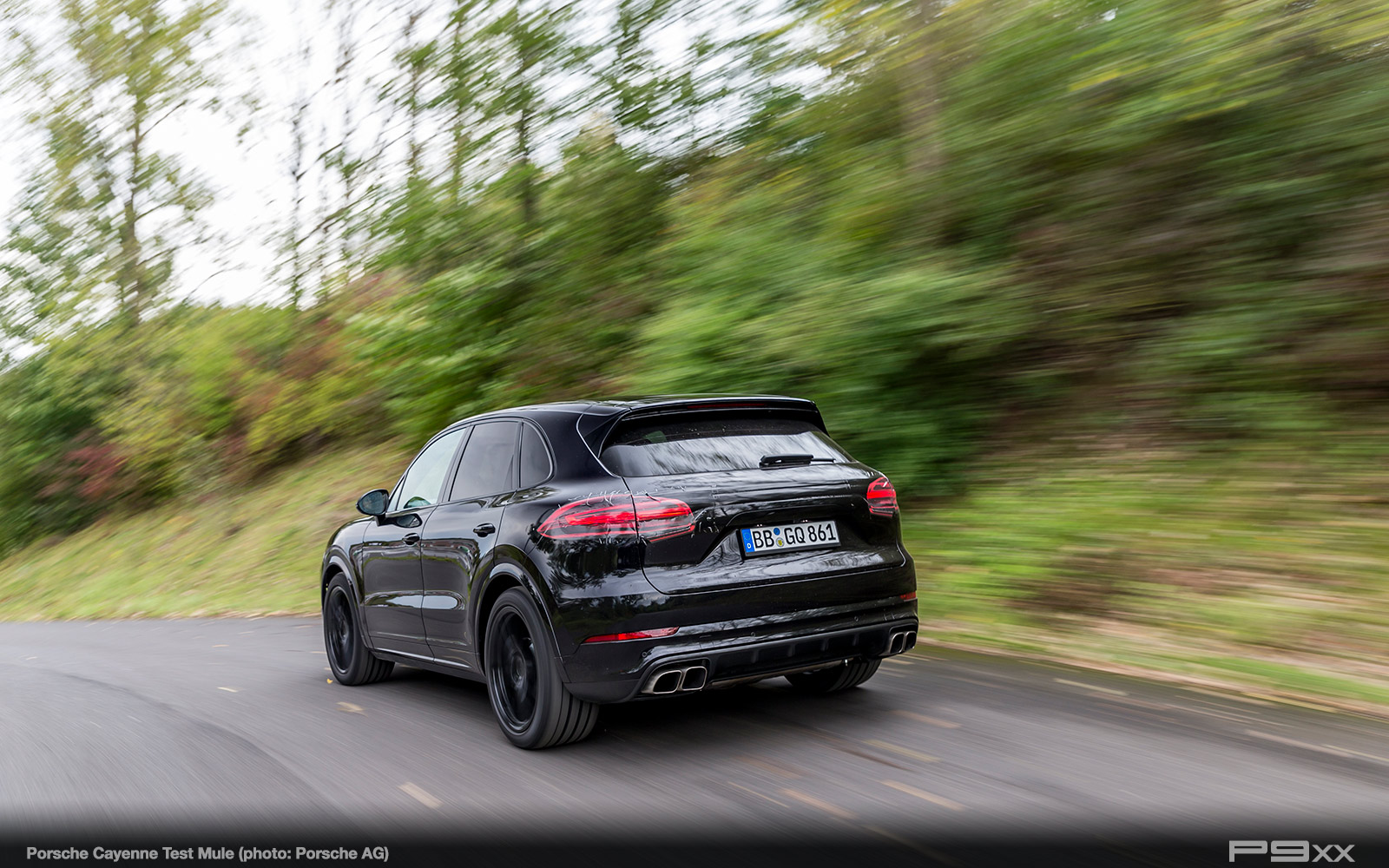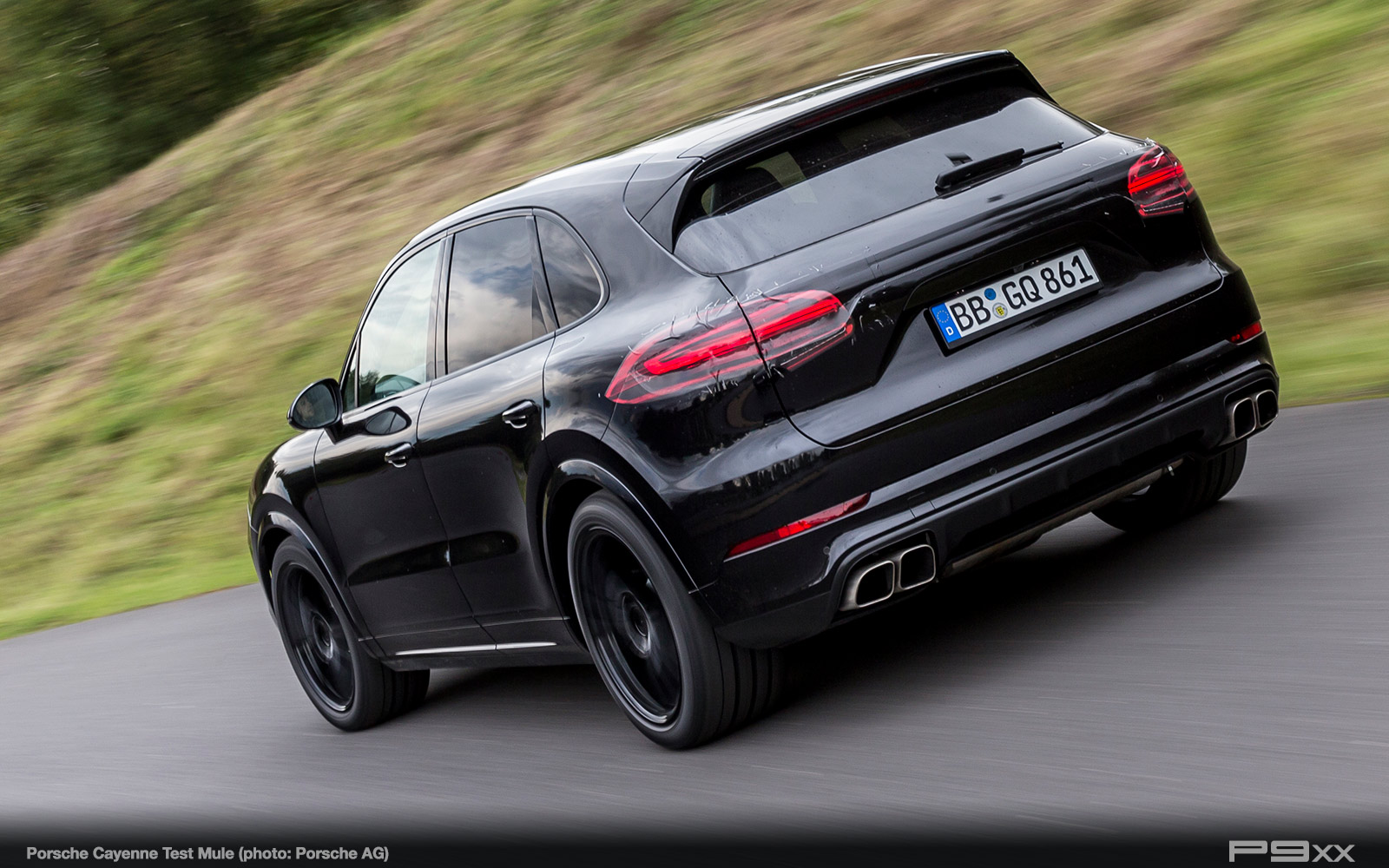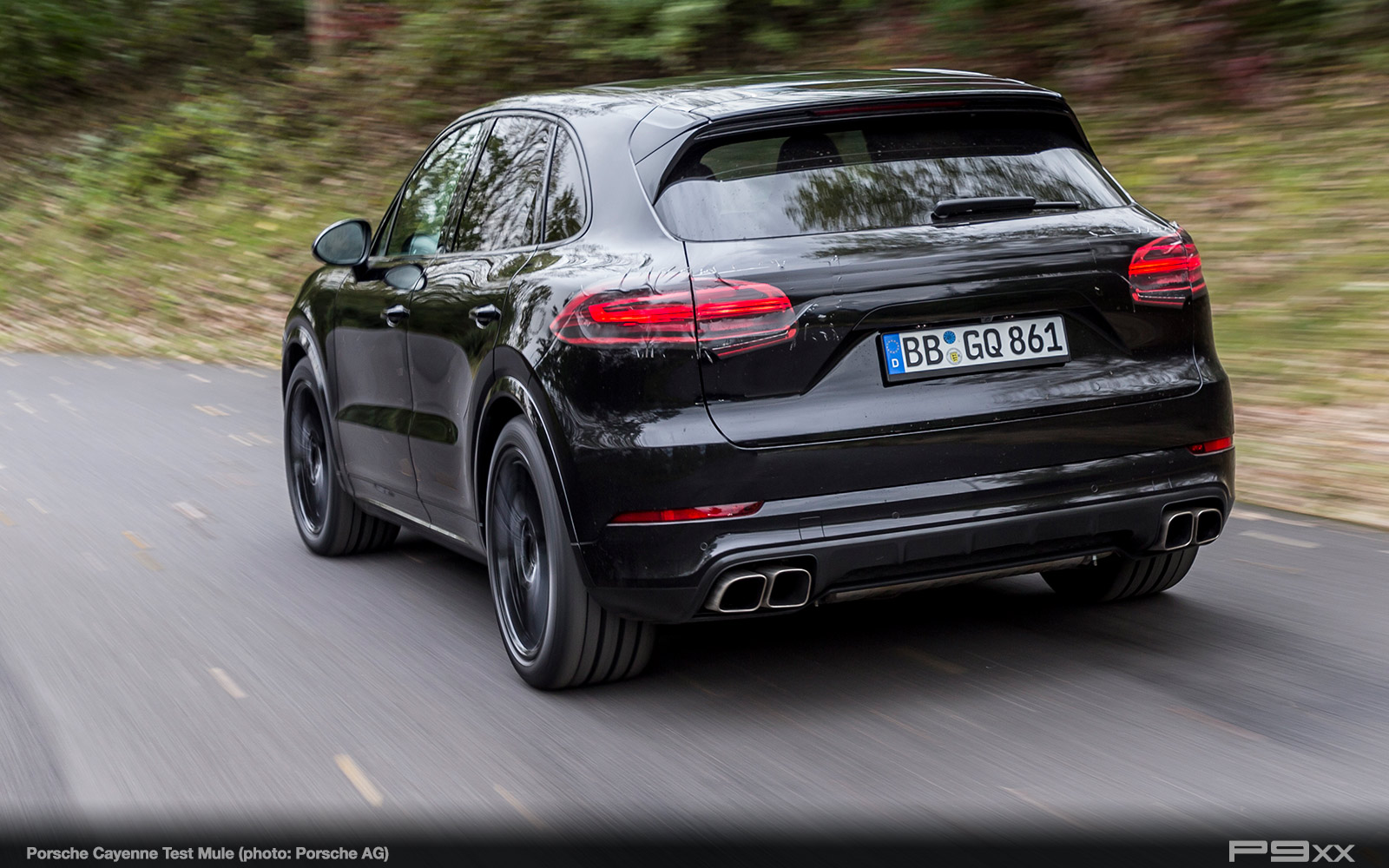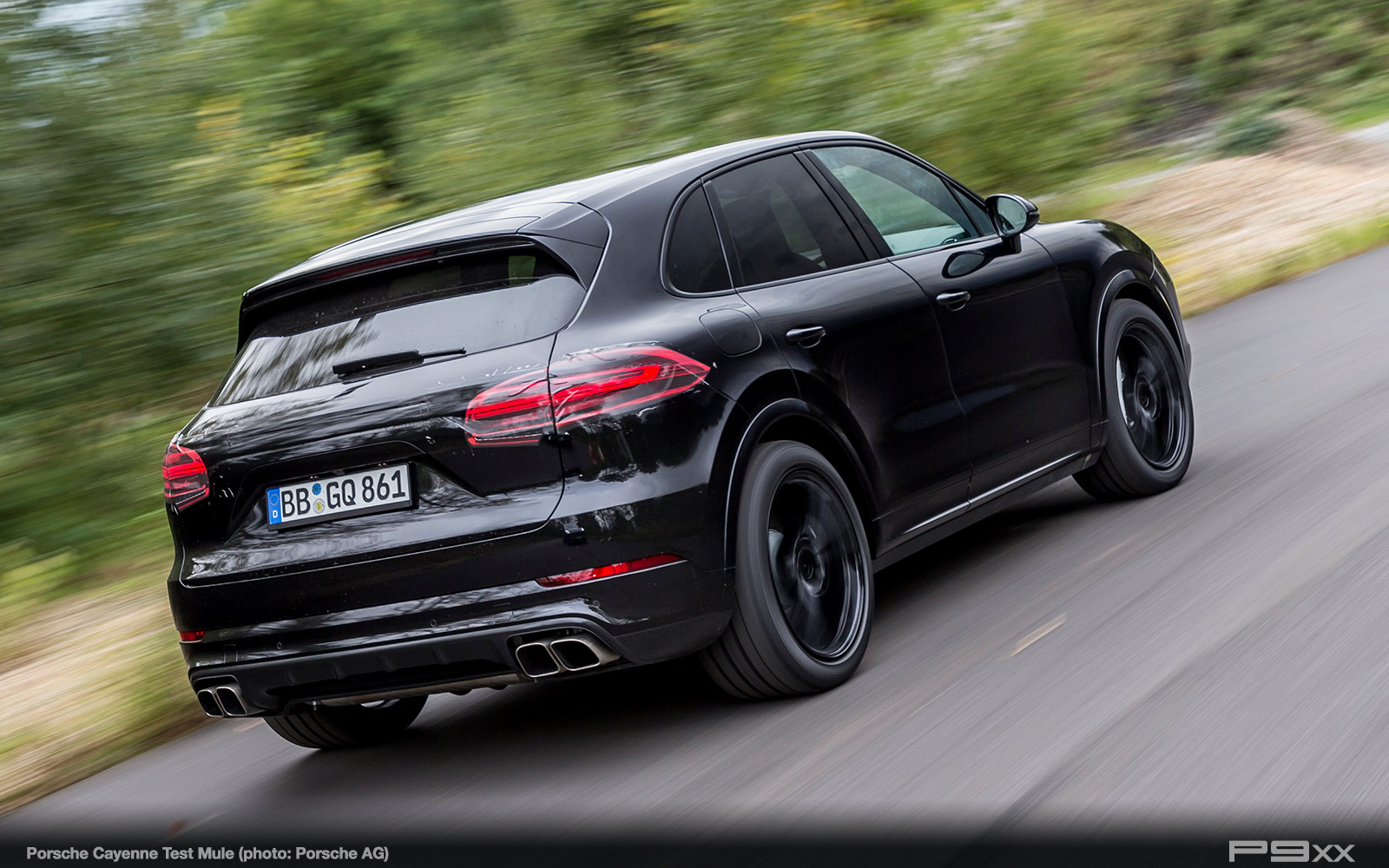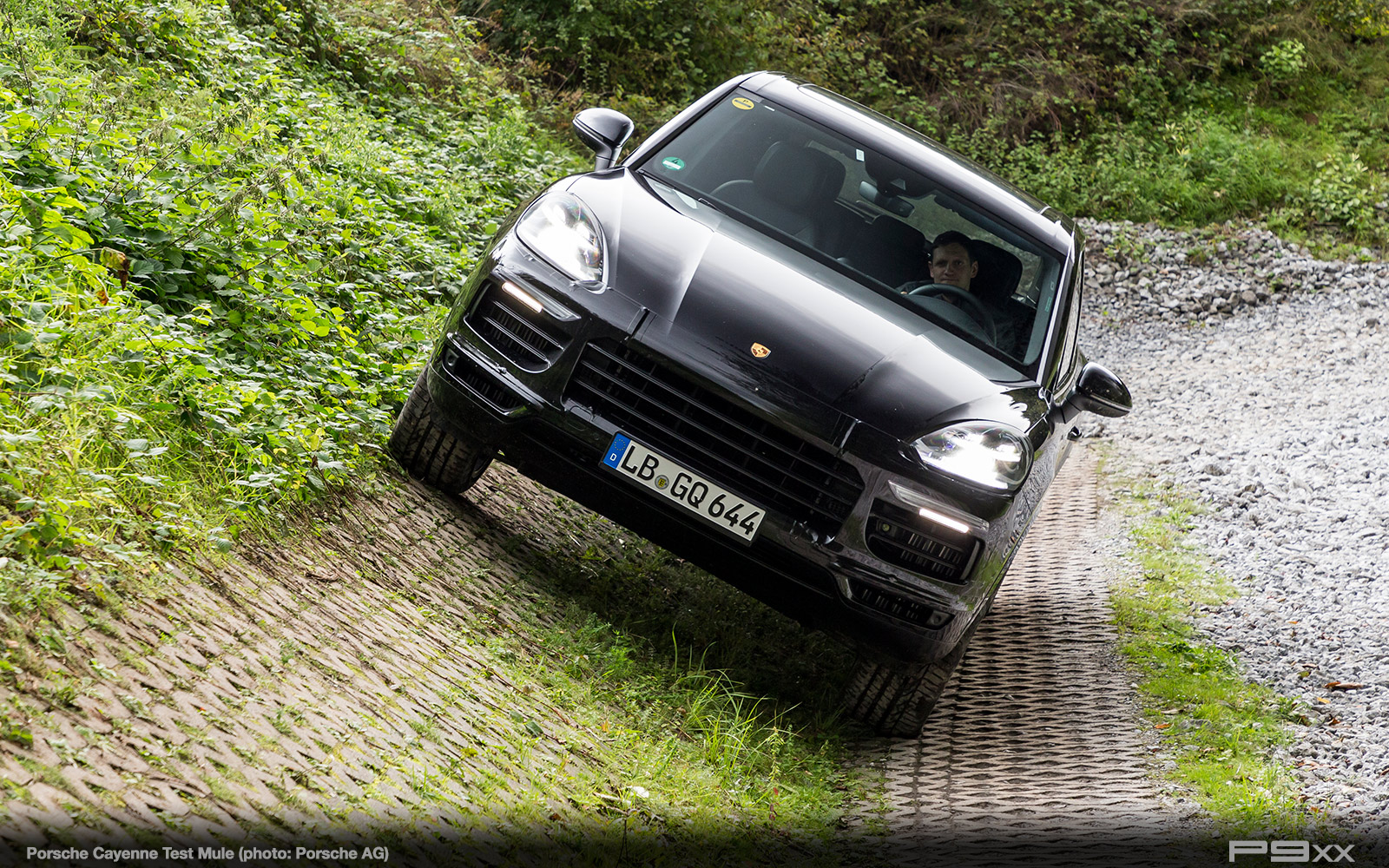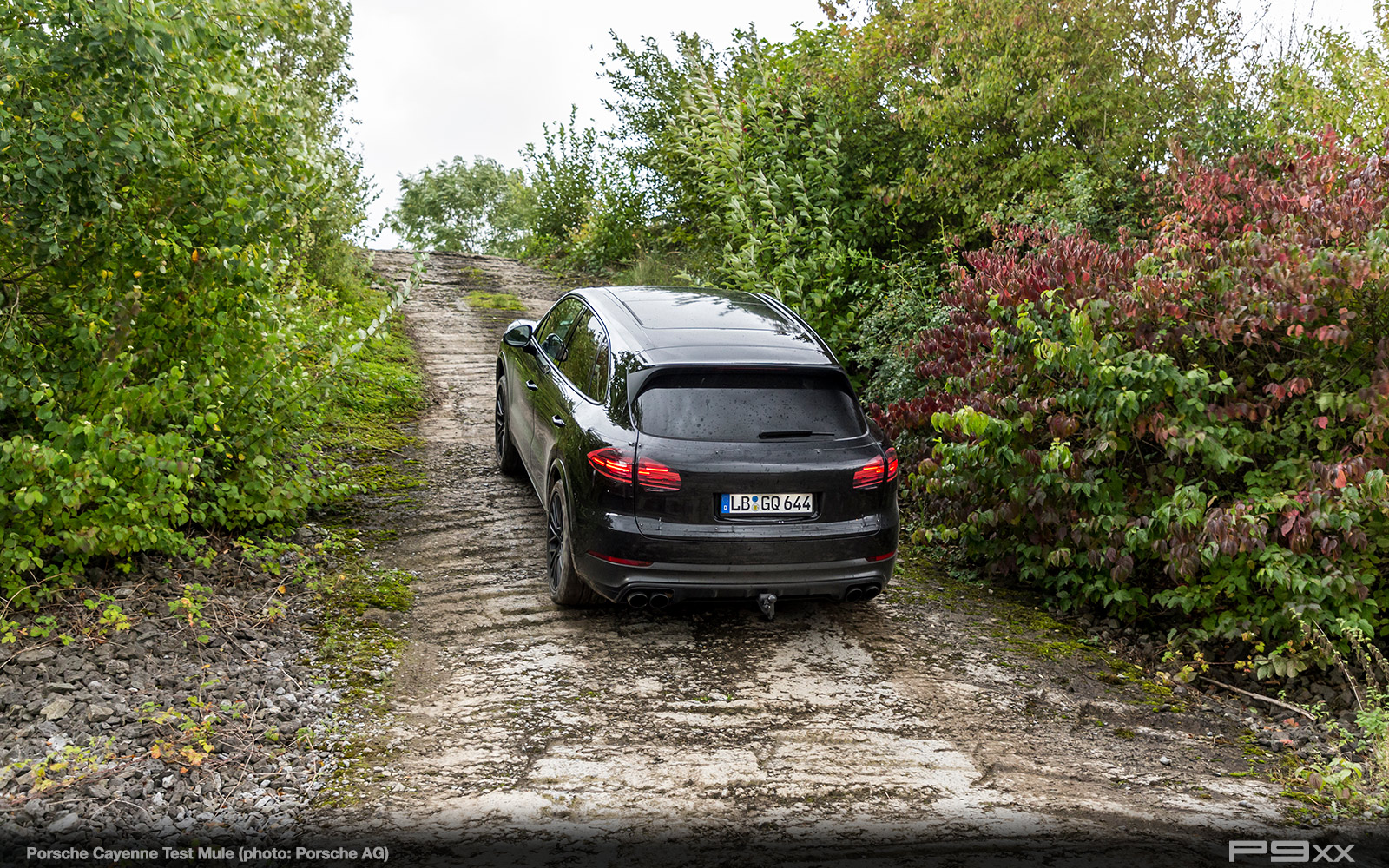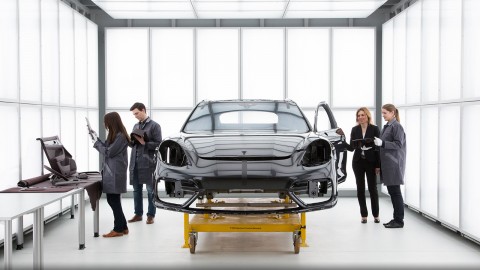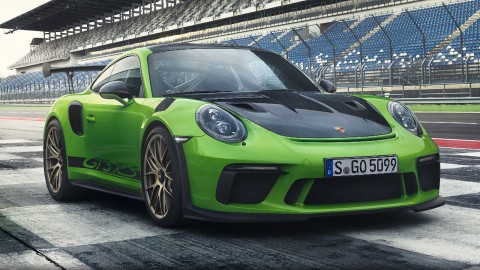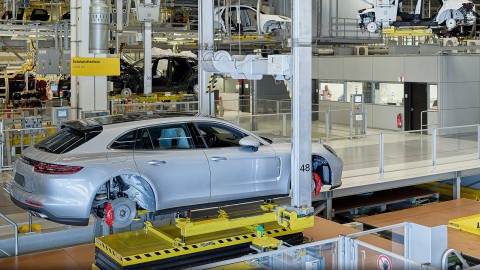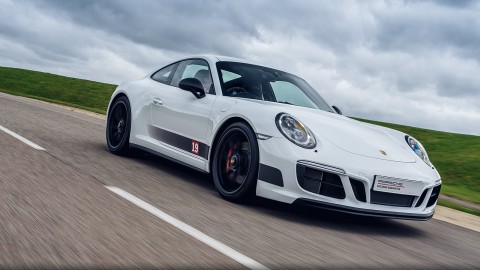Stuttgart. The third generation of the Porsche Cayenne is in the starting blocks. The new edition of this successful model, which has achieved more than 760,000 sales since 2002, has undergone a complex and challenging series of examinations. Taking place across the globe and under extreme conditions, the tests ensure that the SUV meets the highest quality requirements set by Porsche. In conditions ranging from minus 45 degrees to plus 50 degrees, the prototypes and pre-series vehicles complete a total of around 4.4 million test kilometres.
Porsche is celebrating the world première of the new Cayenne on August 29, 2017. The vehicle is a complete redevelopment. The drive and chassis as well as the display and control concept have been redesigned to further increase the spread between sportiness and comfort. The main objective of the elaborate testing process is to achieve a perfect balance between the many components, some of which were developed especially for the Cayenne. For the new Cayenne generation – referred to as E3 within Porsche – this process began as far back as 2014 with the unit carriers and has continued to this day with prototypes and pre-series vehicles. In addition to increasingly accurate virtual simulations, testing under real-life conditions is still highly valued at Porsche and represents the final examination for every new model produced by the Stuttgart-based sports car manufacturer.
The full vehicle test is implemented to harmonise the interaction of all individual components and to test operational stability and functionality in customer-oriented operation. The aim is always to meet the highest quality demands at Porsche. Specifically, this process includes tough endurance tests on Hydropuls units, a hydraulic testing facility that applies artificial vibrations to both the chassis and body. The range of tests also covers realistic operational stability tests on and offroad at the Porsche test site based at the Weissach development centre or endurance tests inside and outside the test site. A vehicle life is simulated under conditions that are so tough, they are unlikely to ever occur once the vehicle is owned by the customer. Under everyday conditions in urban traffic, on country roads and on the motorways, the vehicles cover up to 240,000 km within a few months in shifts.
To simulate extreme stresses, the prototypes of the new Cayenne are being tested all around the world, including on race tracks traditionally used by Porsche to test all its models: In Germany, the Hockenheimring and the especially challenging Nürburgring-Nordschleife are used. In Italy, the test cars are put through their paces in continuous operation on the 12.6-km high-speed track at Nardò. The materials, sensors and electronics have to prove their quality and durability in different climate conditions – at up to plus 50 degrees Celsius in the sand dunes of Dubai (UAE) and on dusty slopes in Death Valley (USA) as well as at up to minus 45 degrees Celsius on ice and snow in Alaska (USA). The third generation of the Cayenne also had to endure the stop-start traffic in the hot and humid conditions of Chinese cities, master test tracks in Sweden, Finland and Spain, and was transported to South Africa, Japan and New Zealand to complete extensive on and offroad testing.

